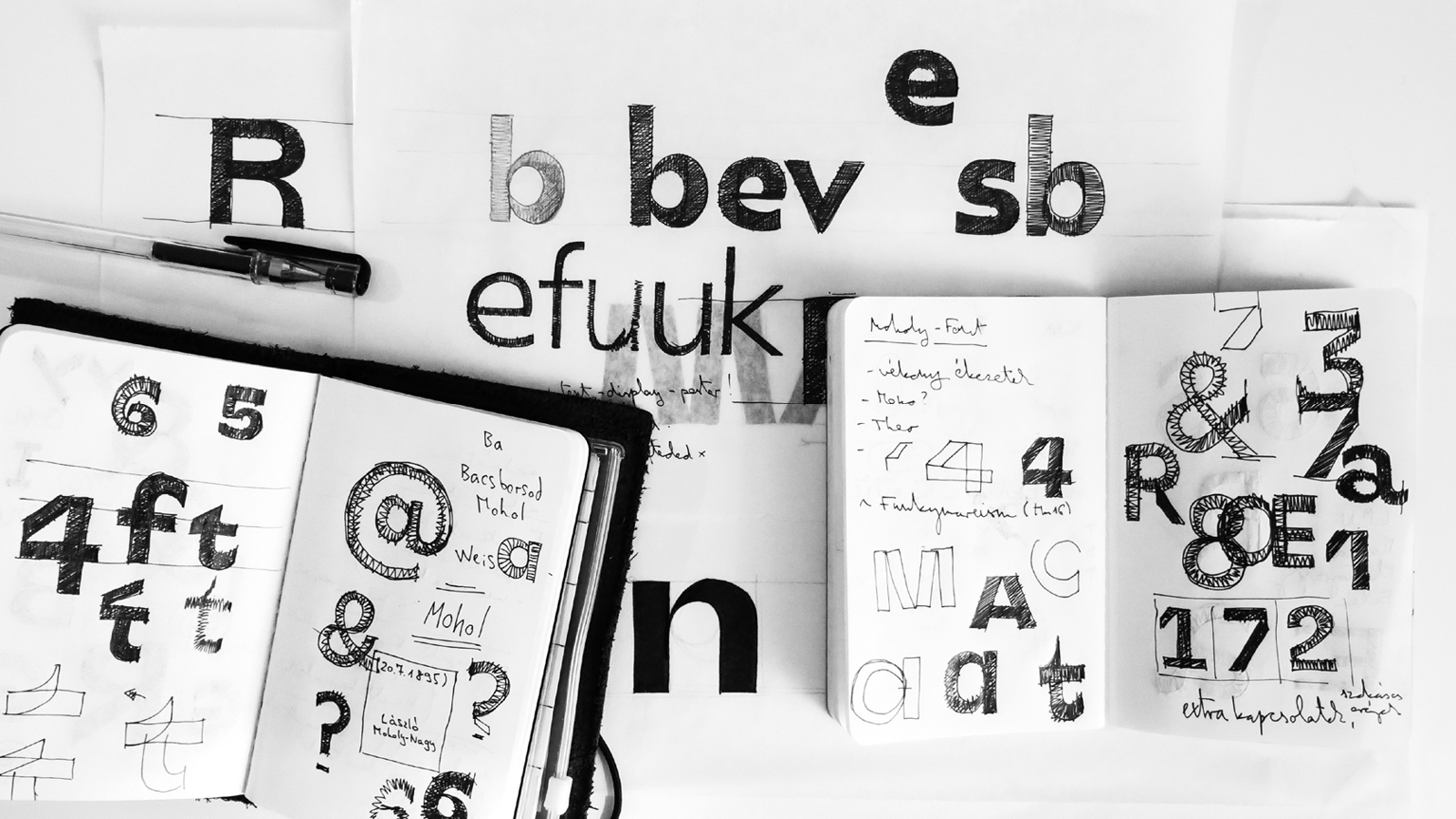In the era of Gutenberg, the father of printing, type foundries and punchcutting workshops designed and manufactured the basic accessories of typesetting, the matrices and cutting punches. Due to the increased demands of the 19th century press, this rudimentary method was replaced by the Linotype and Monotype typesetting machines and later by casting machines. Instead of casting the desired texts letter by letter, these produced an entire line of types, thus further accelerating the otherwise dominant and rapid expansion of printing. As a result of 20th century Modernism, various font styles were formed, allowing application on even more media.
The same as architects are less likely to meet paper and a compass in their work nowadays as the mouse and screen became their main work equipment, the less known profession of type design also went through a similar process in the past decades. The technology of printing as known in the Gutenberg era has disappeared from use almost completely, as owing to the expansion of digital graphic design, fonts are now designed with the help of sophisticated computer software, still with engineer-like accuracy.
As a result, the acquisition of the craft is not only preconditioned on dedication and talent, but the knowledge of the necessary software, too. The hearts of many graphic designers also skip a beat when it comes to typography, therefore many typefaces come into being nowadays that we use on a daily basis. The works of font designers are becoming more and more popular and well-known with the expansion of technology, however, the danger of diluting also threatens the profession. In our current selection, we present remarkable fonts from monospace through serif to sans serif, from Spain to the United Kingdom.
Silka Mono Font | Gijón, Spain
atipo ®





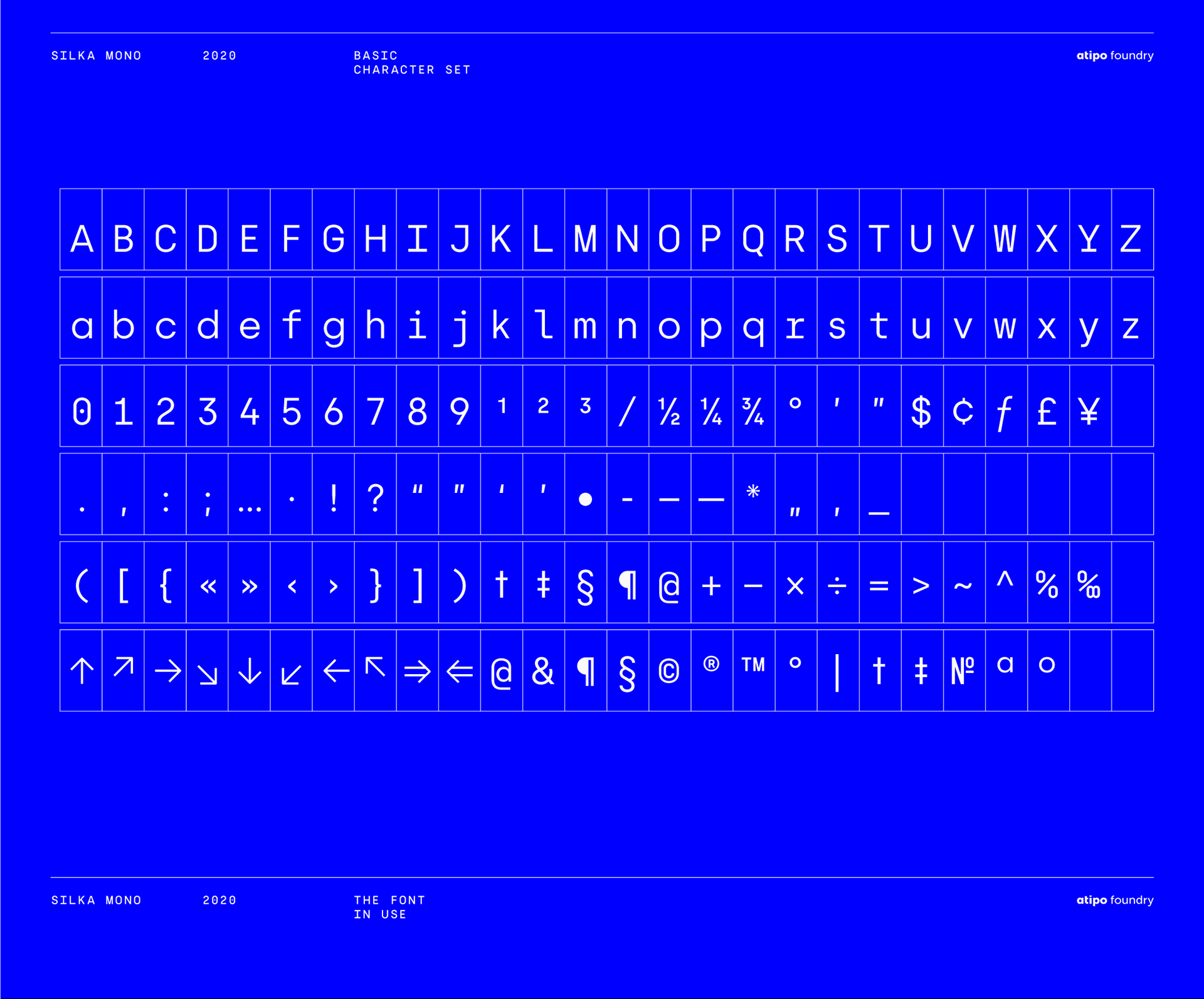

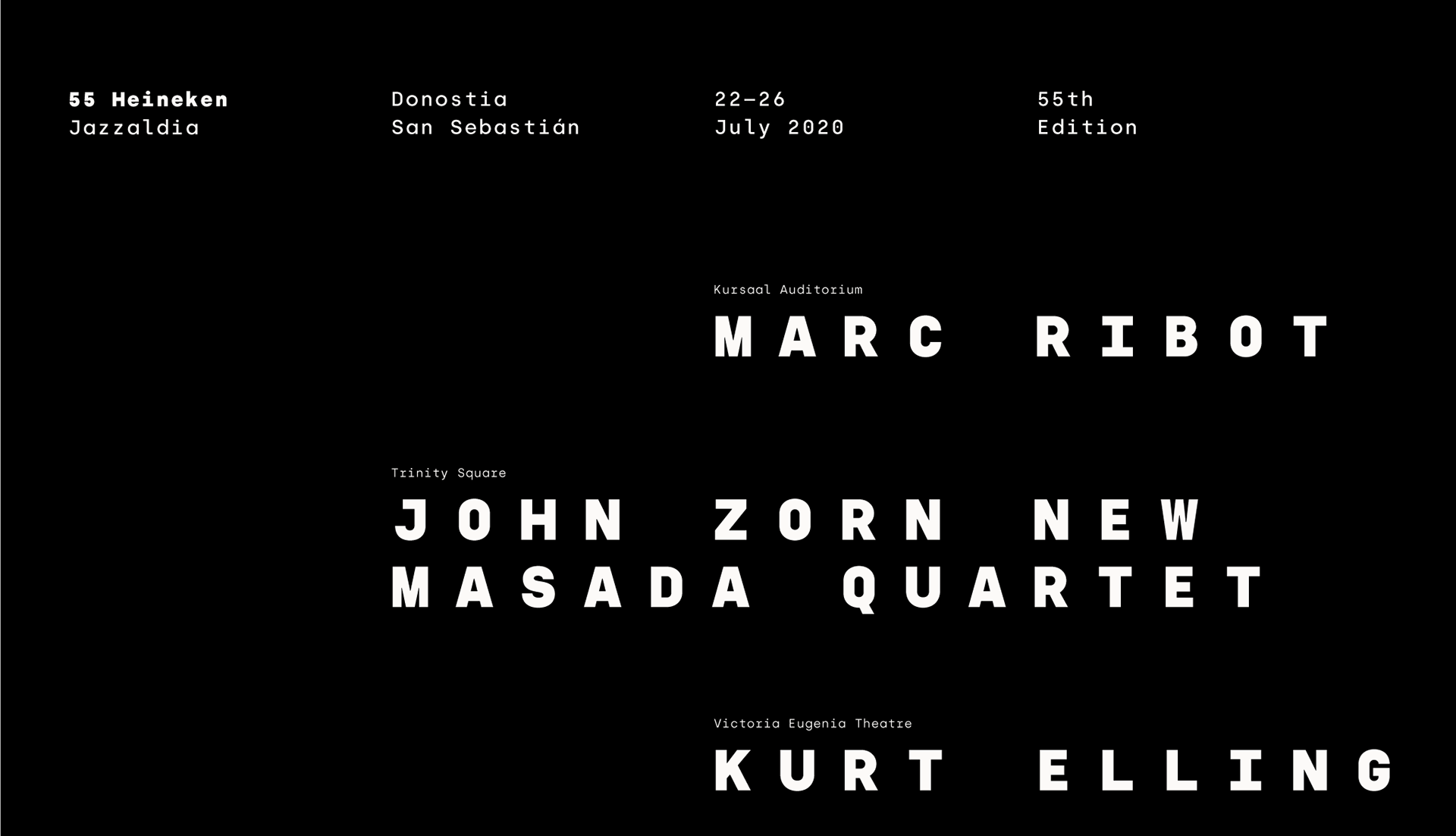
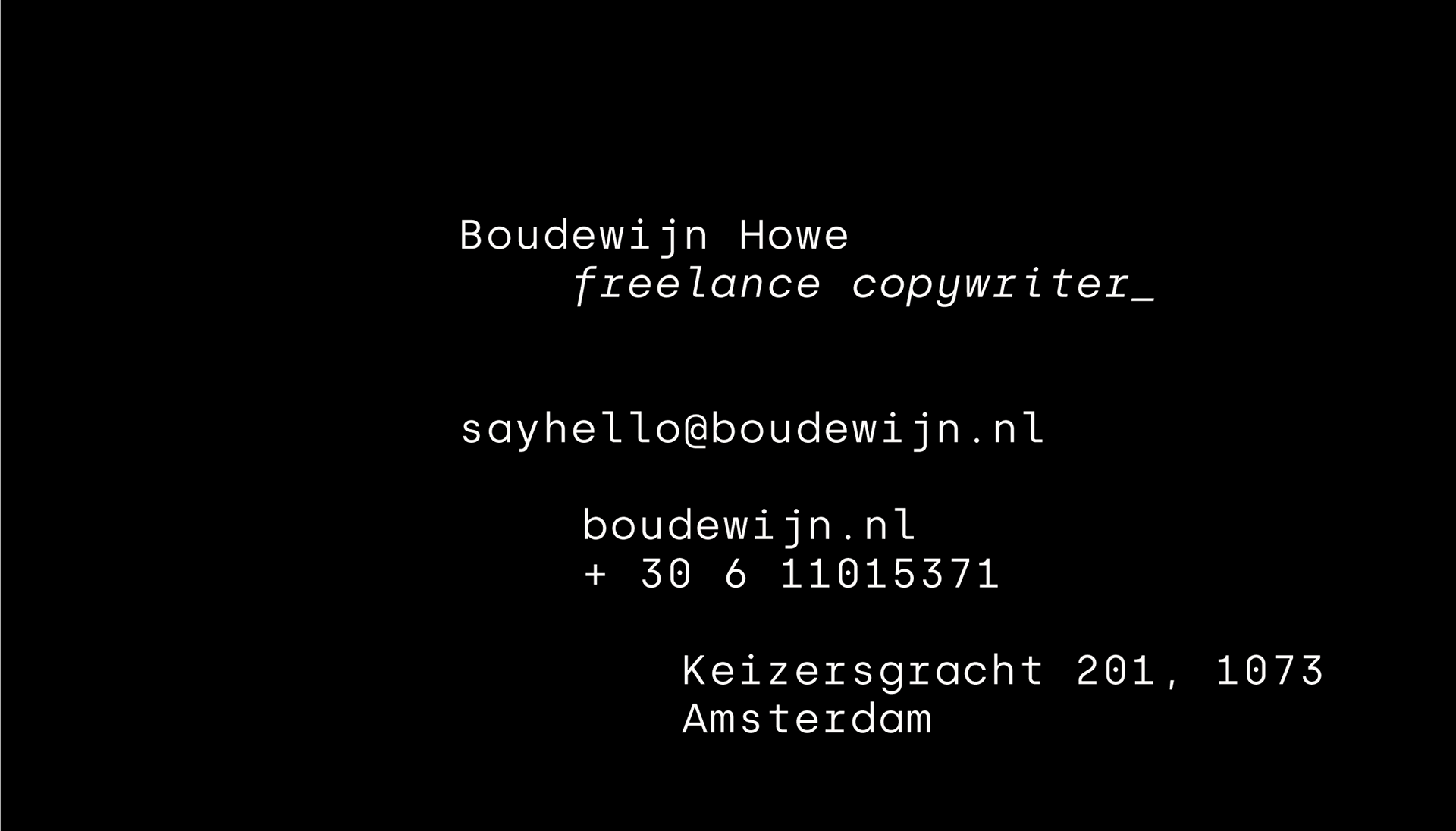
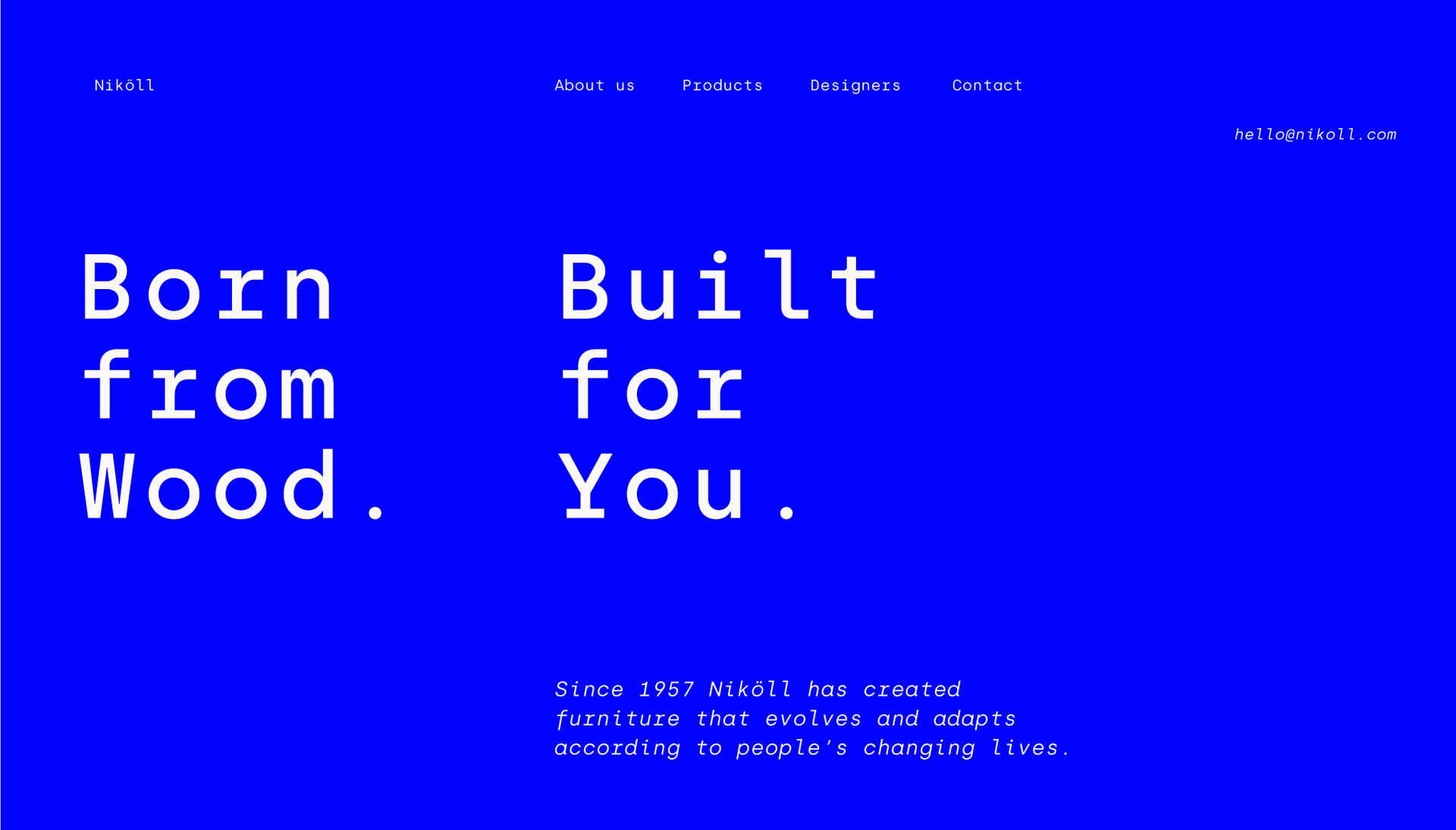
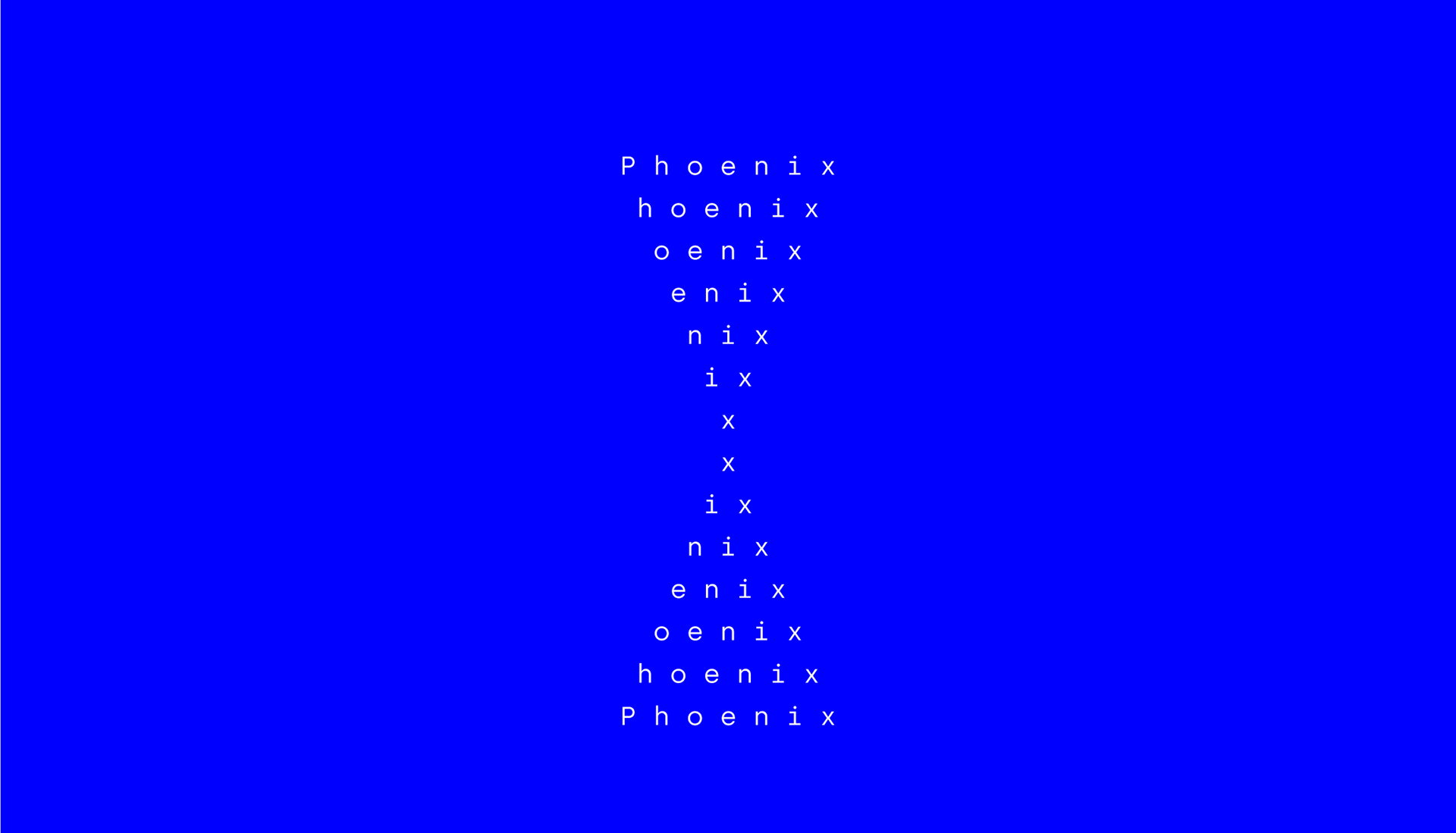
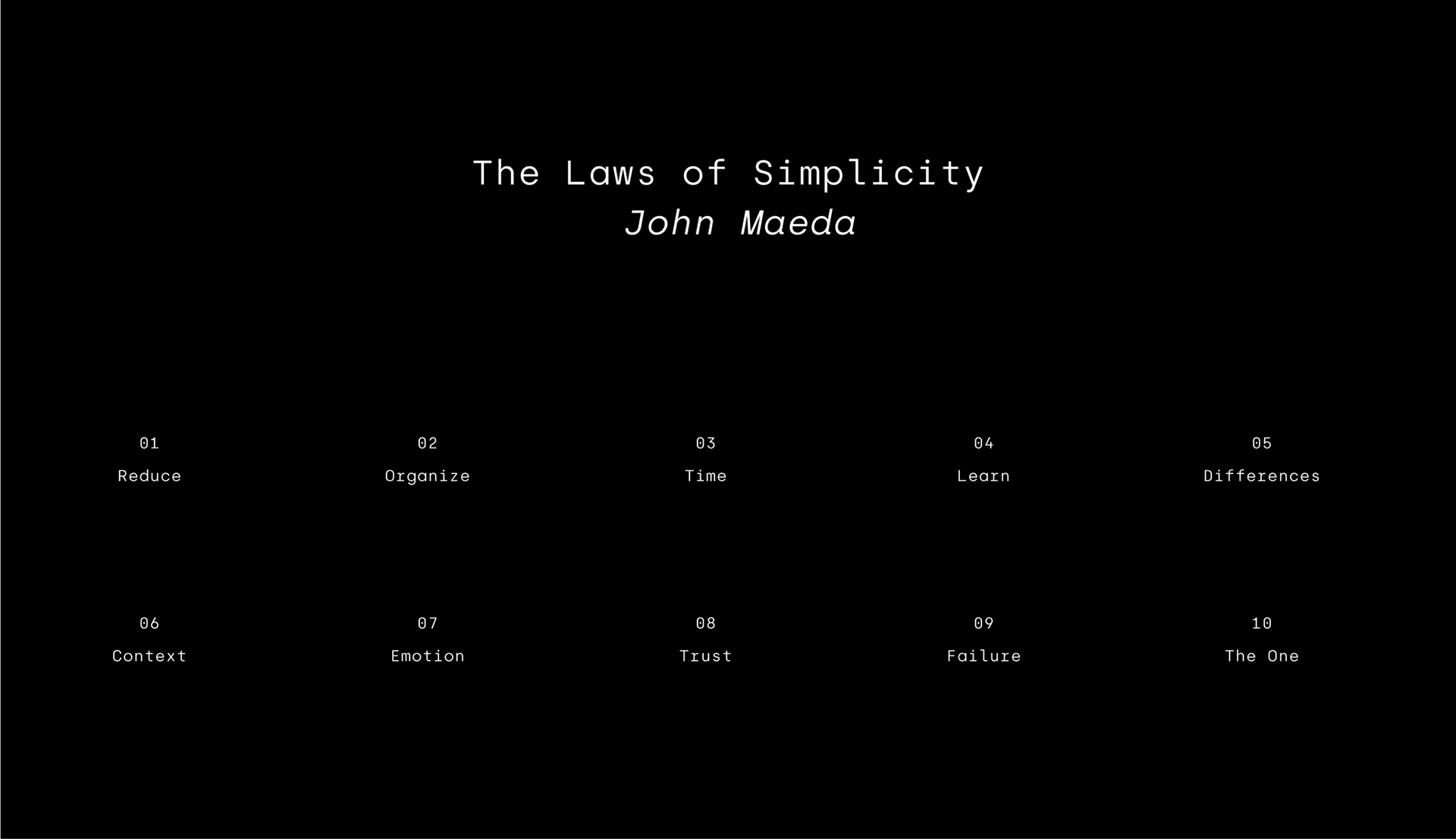


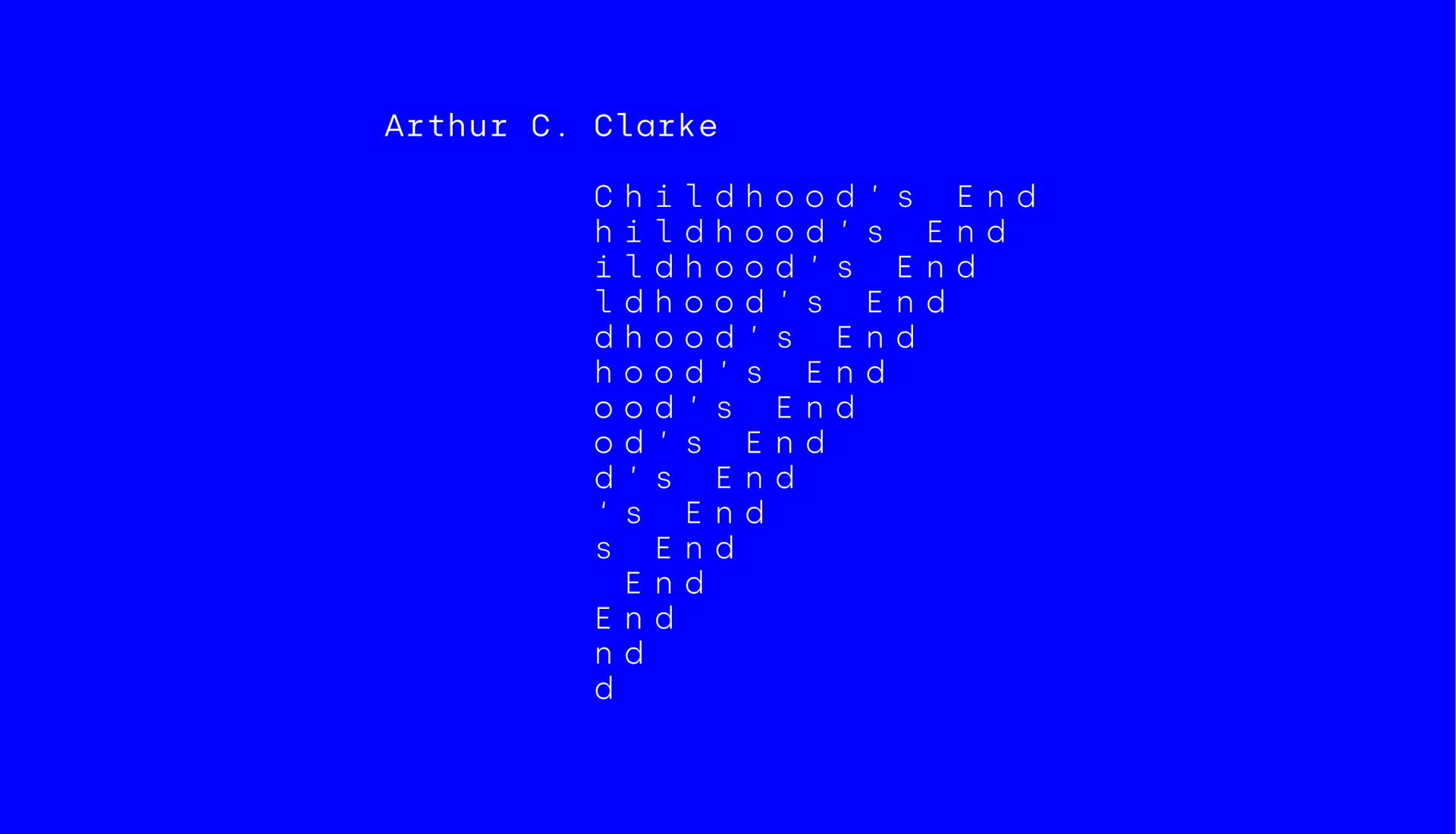



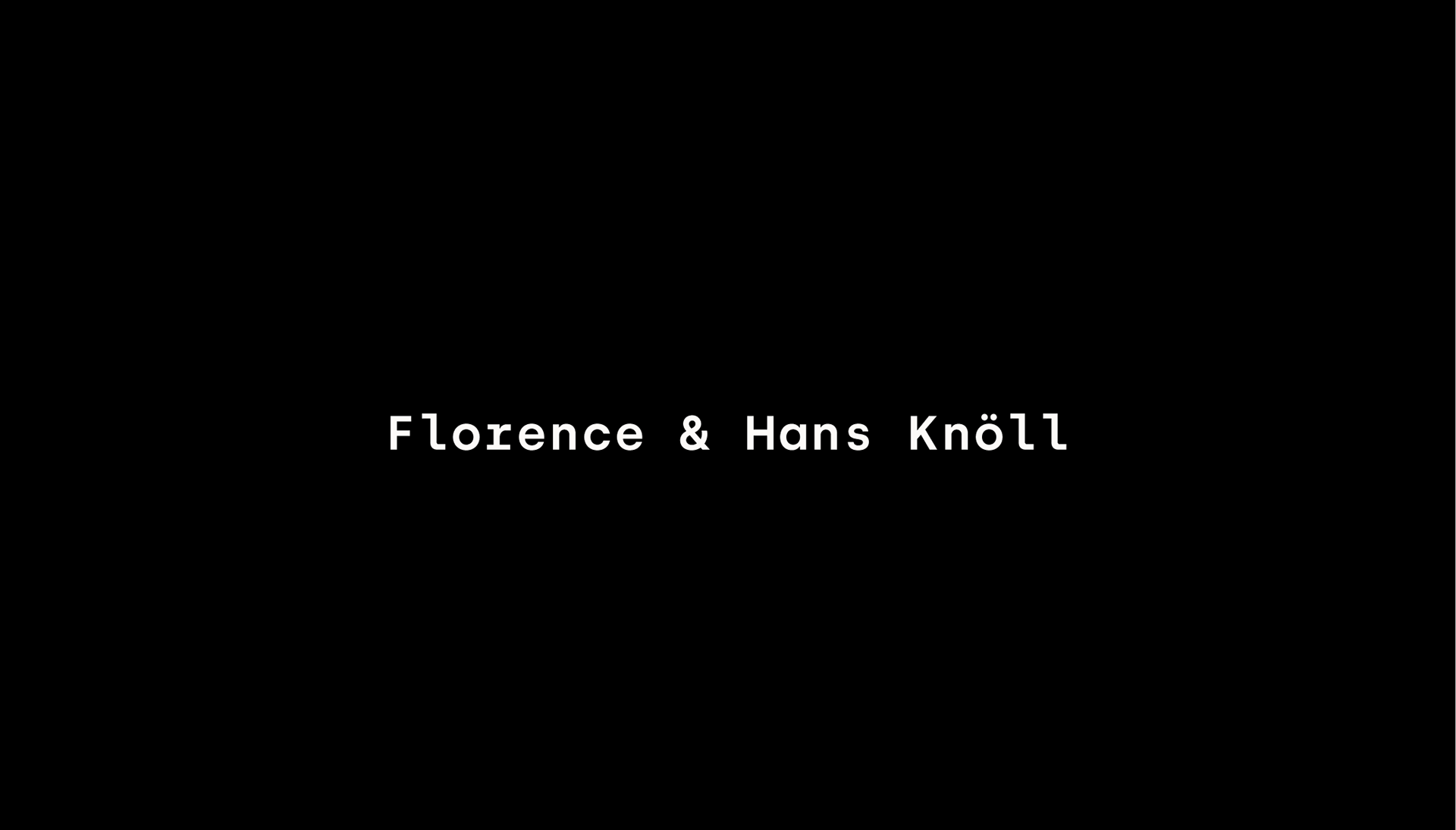



Finder The World Interface Typeface | Paris, France
Black [Foundry]

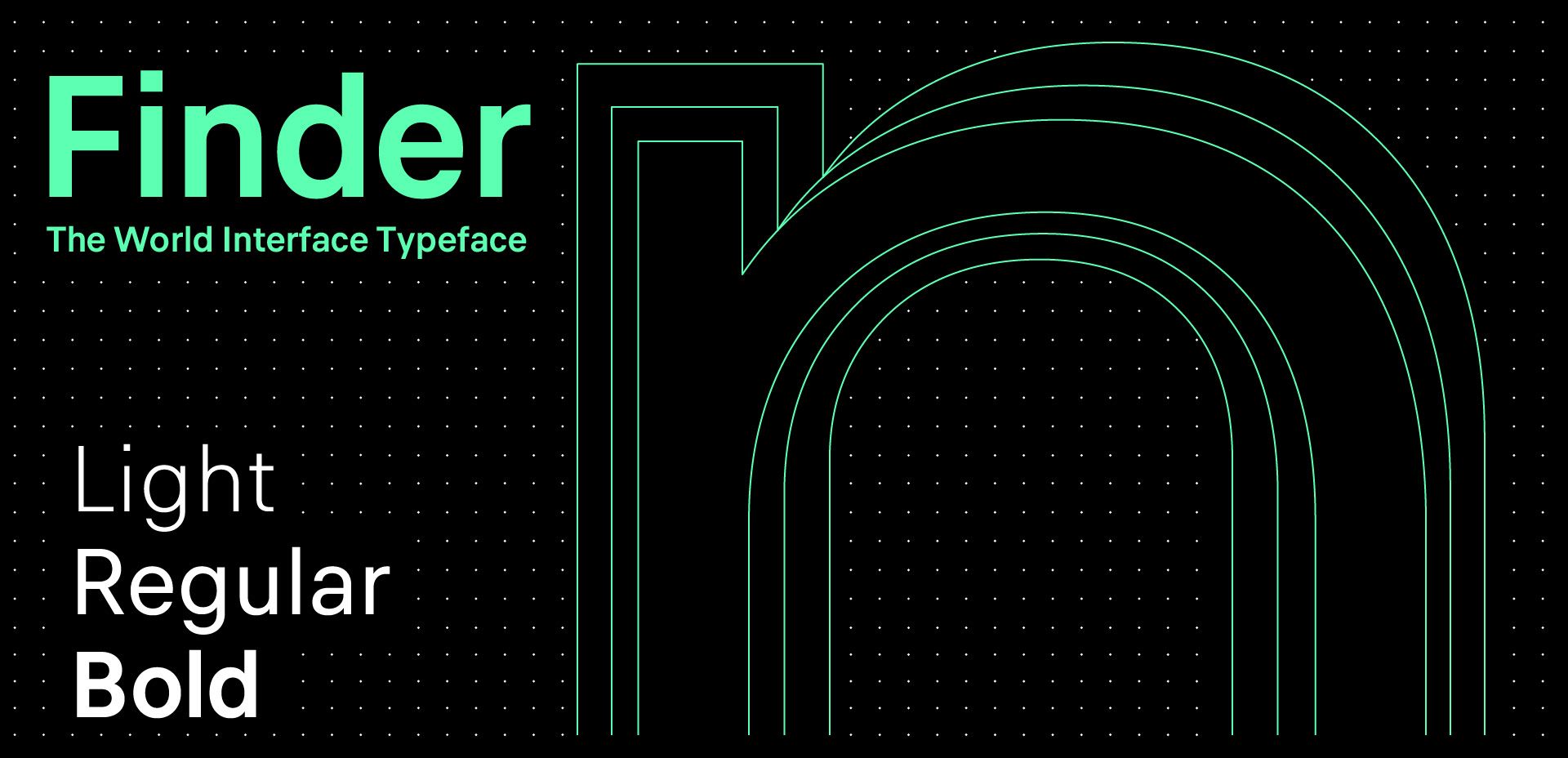

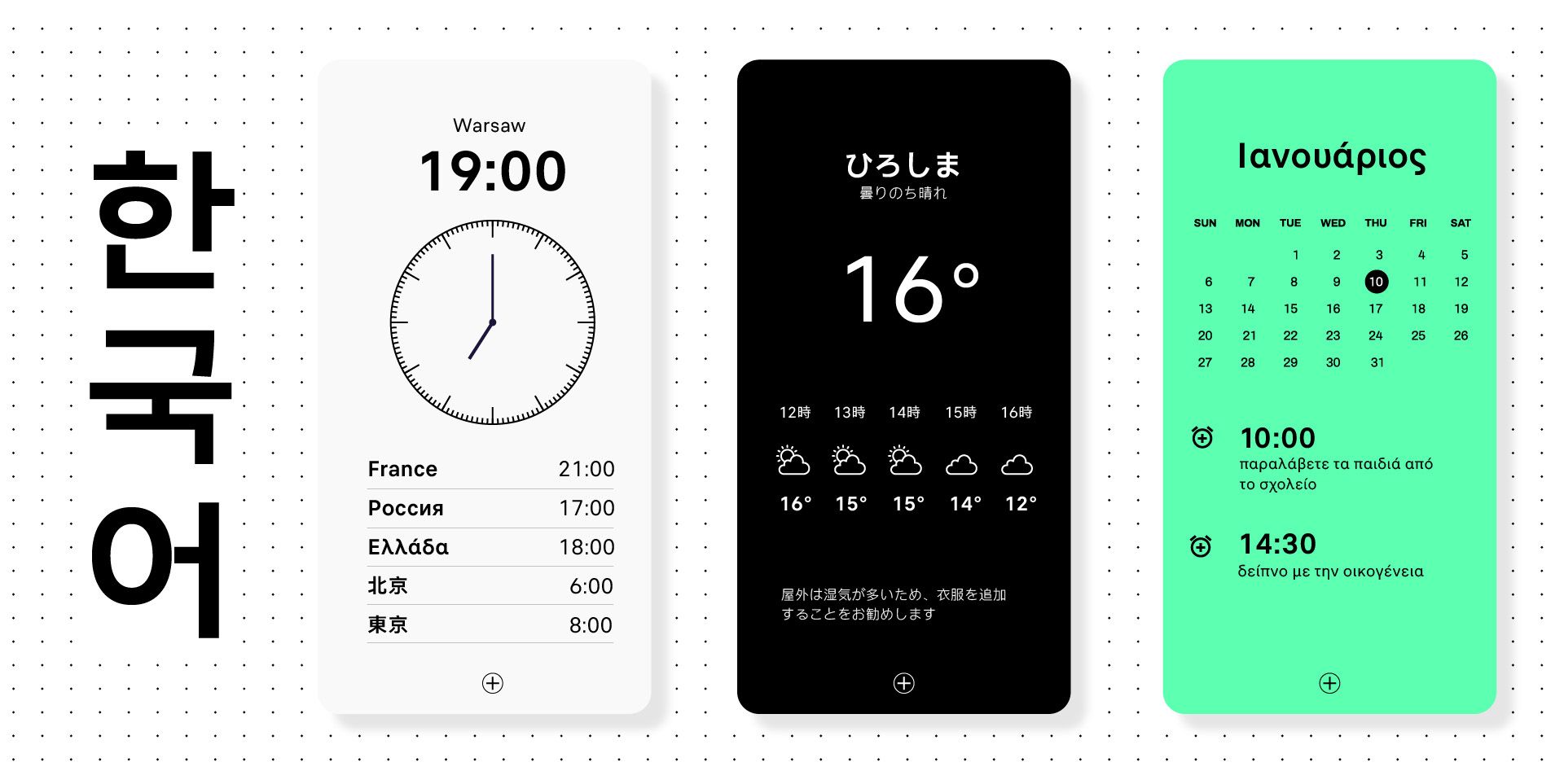
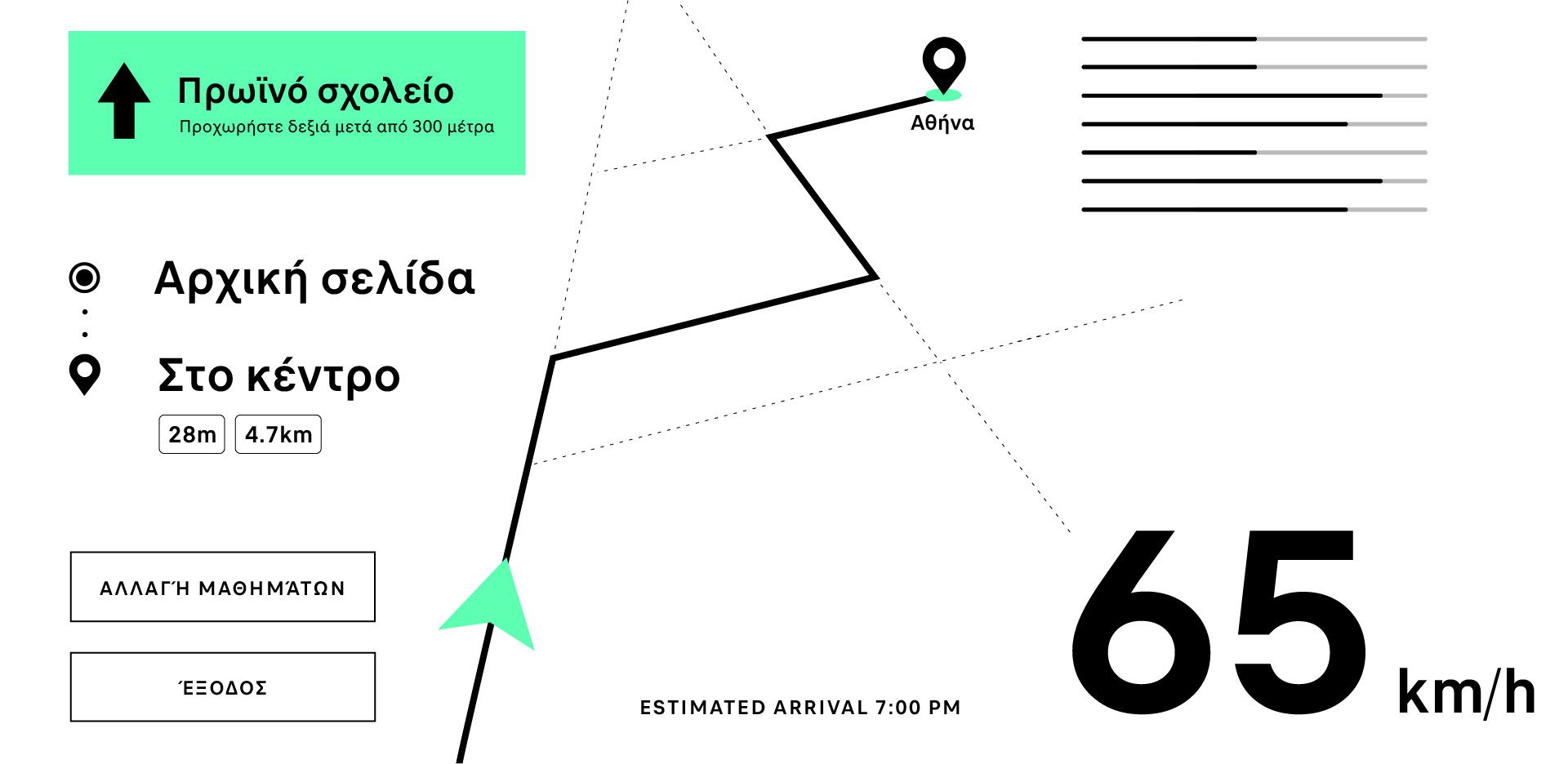
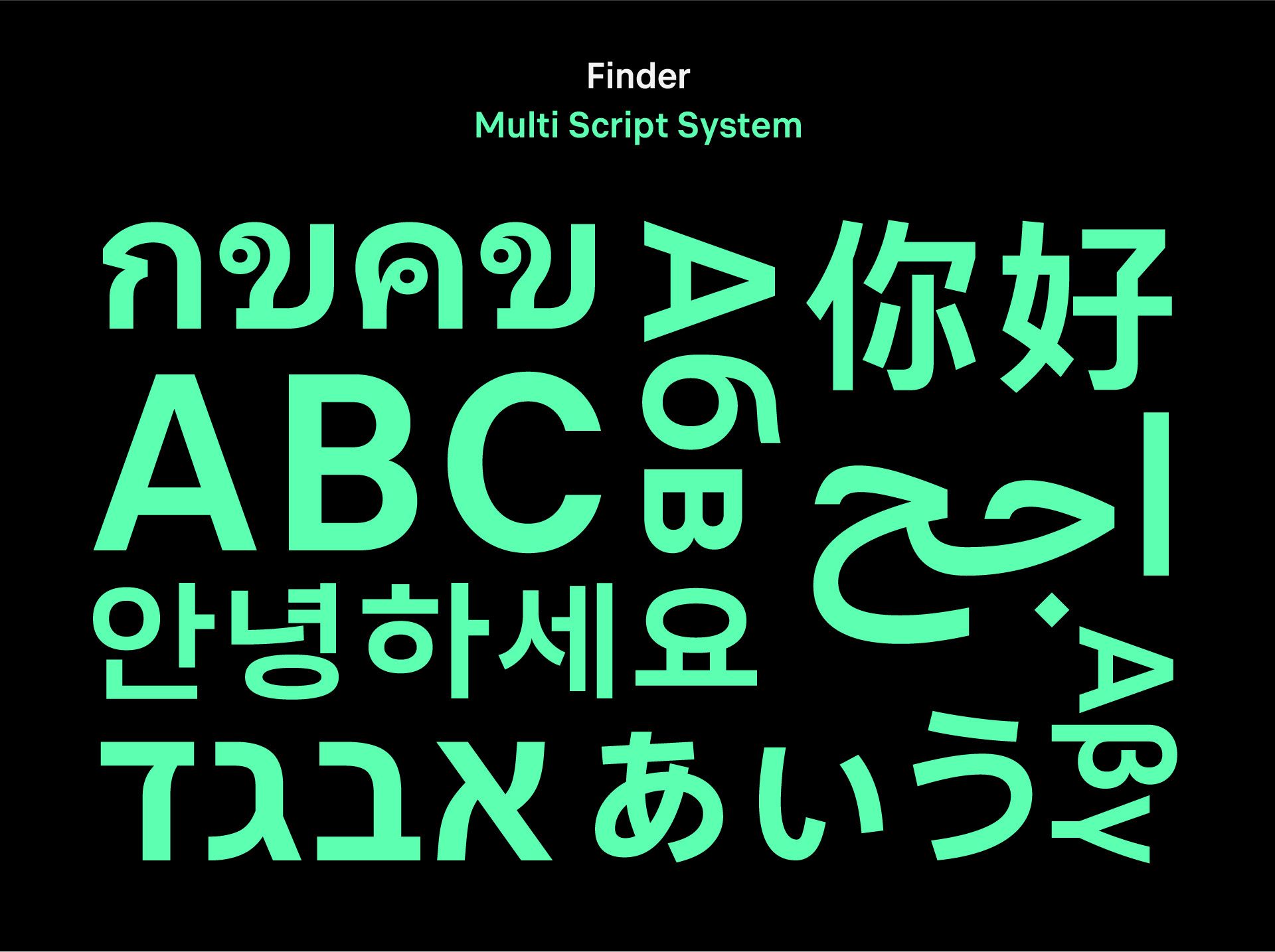
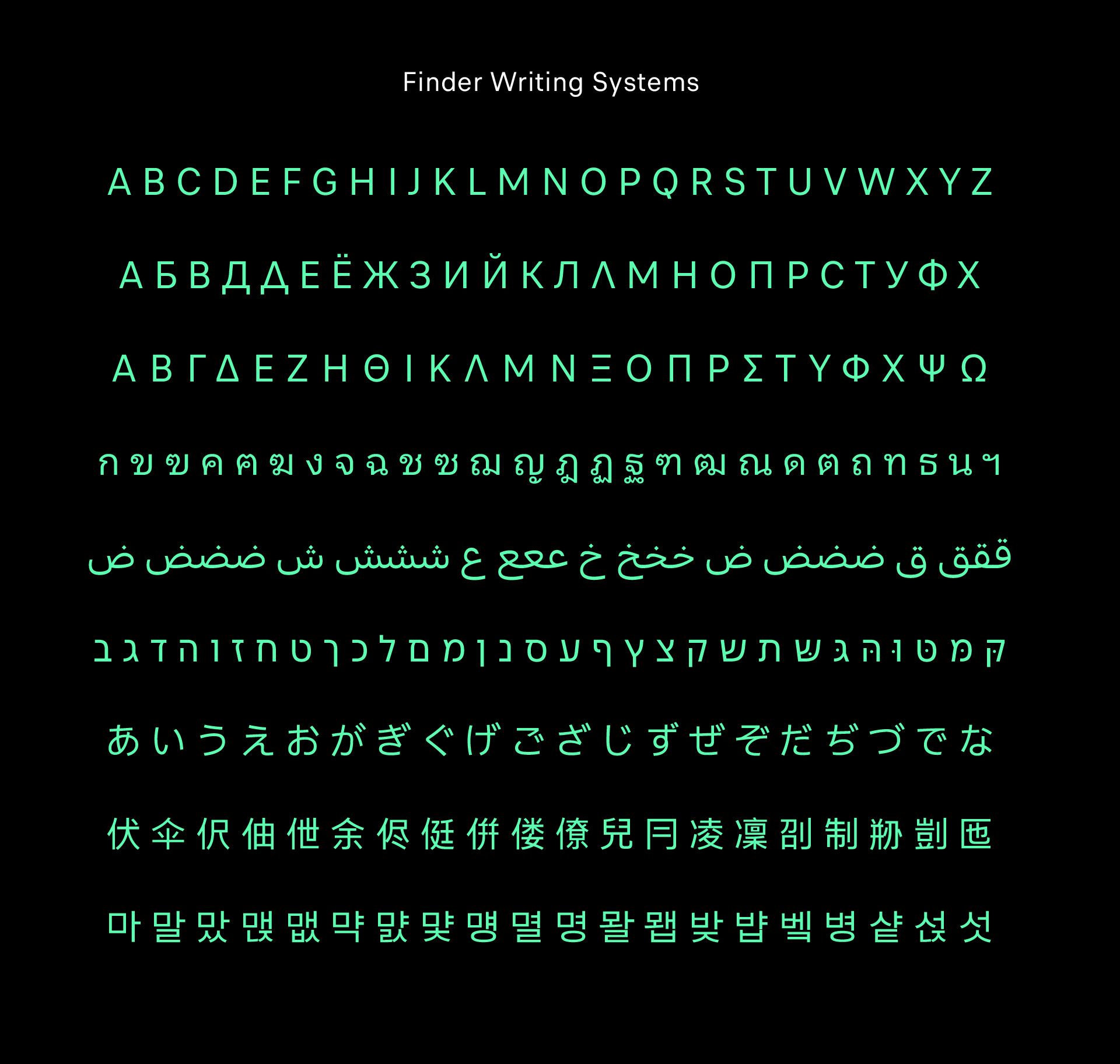

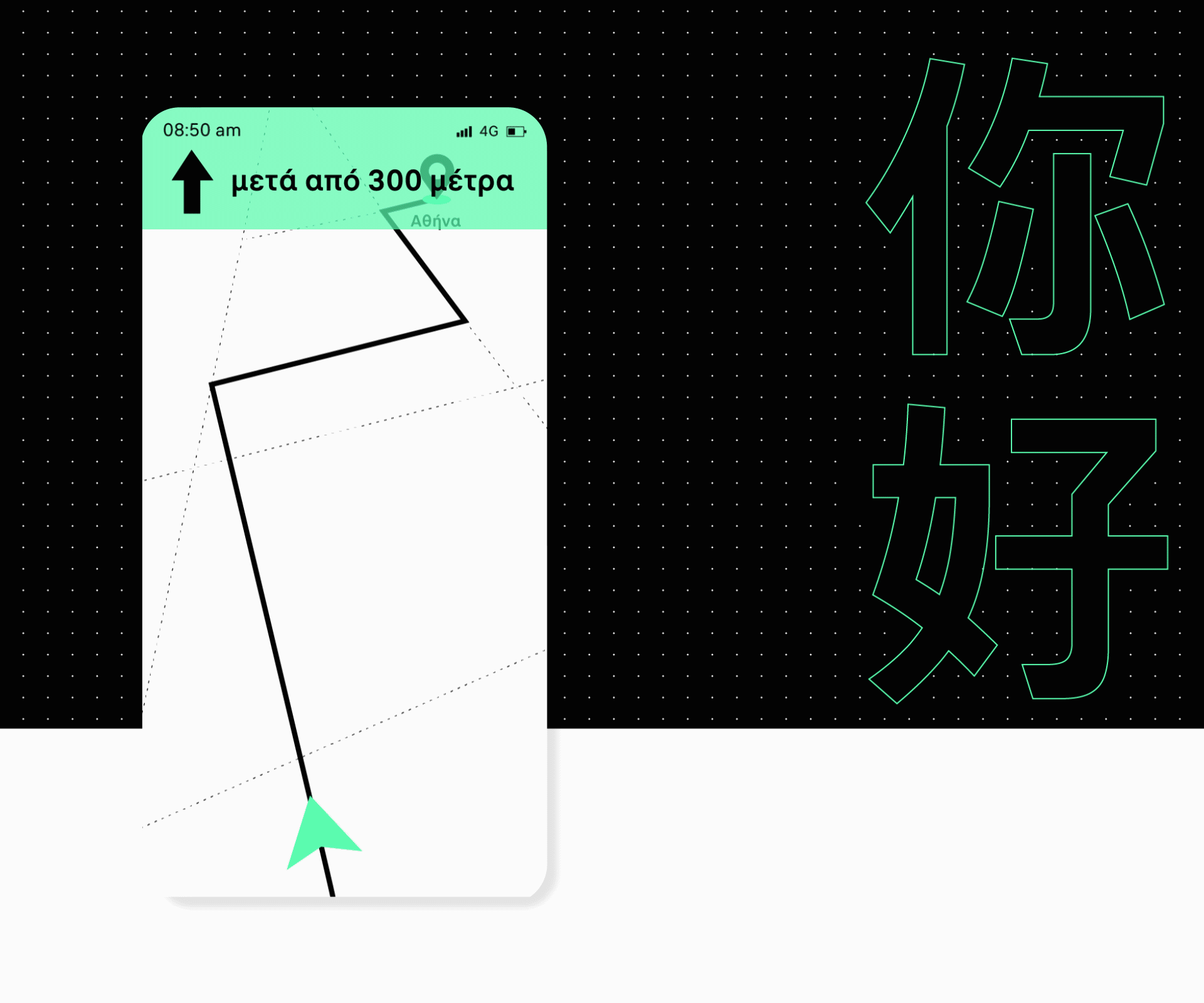
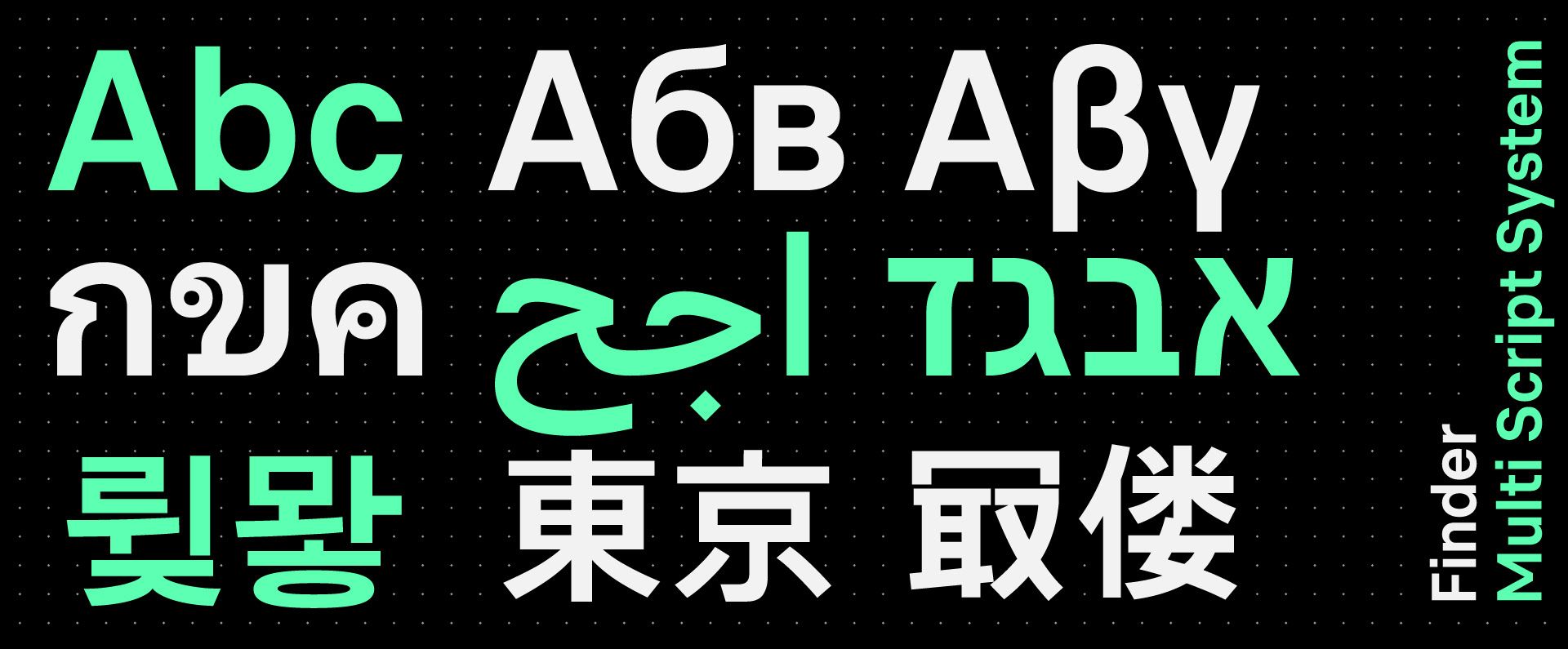

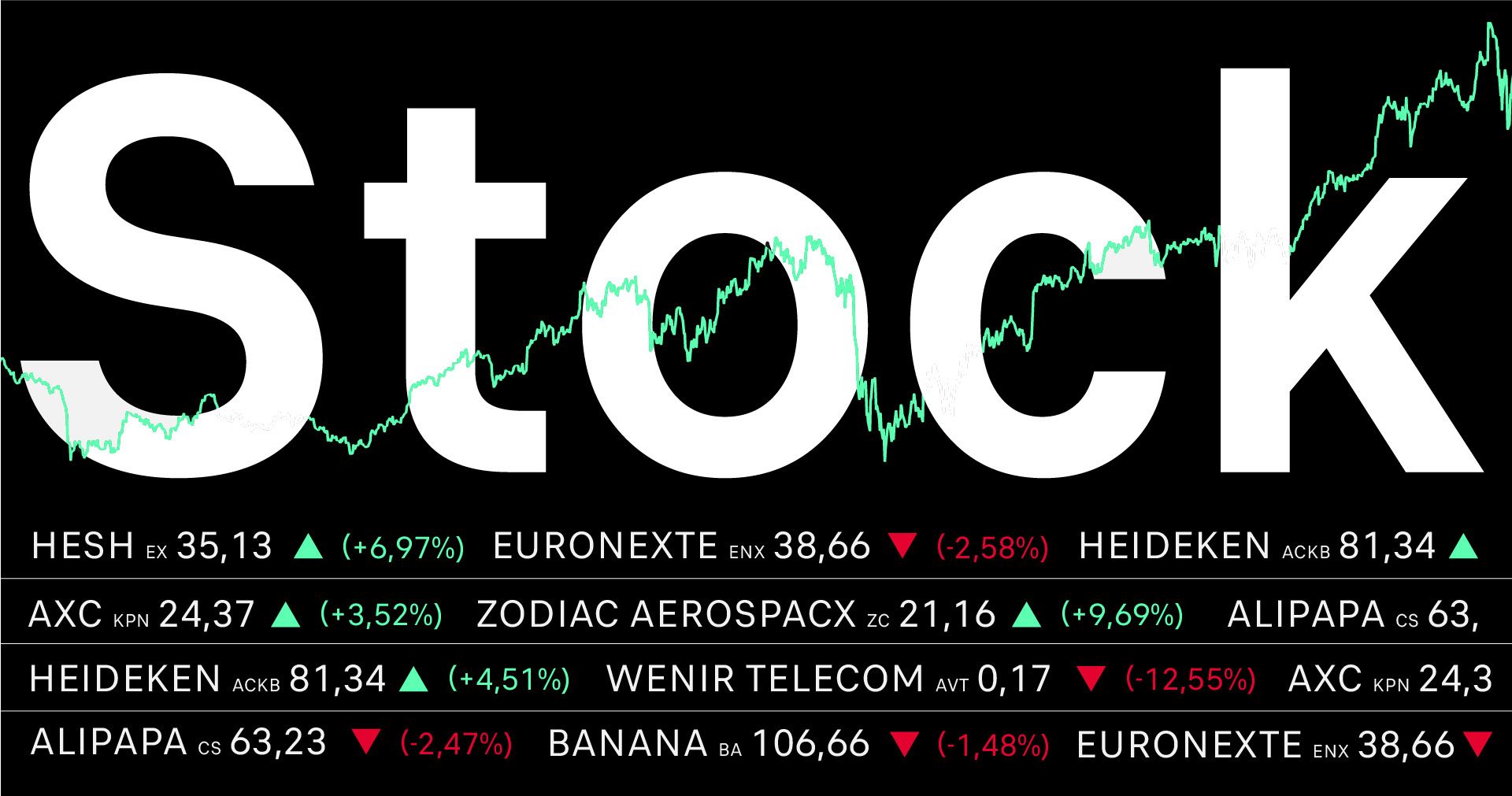
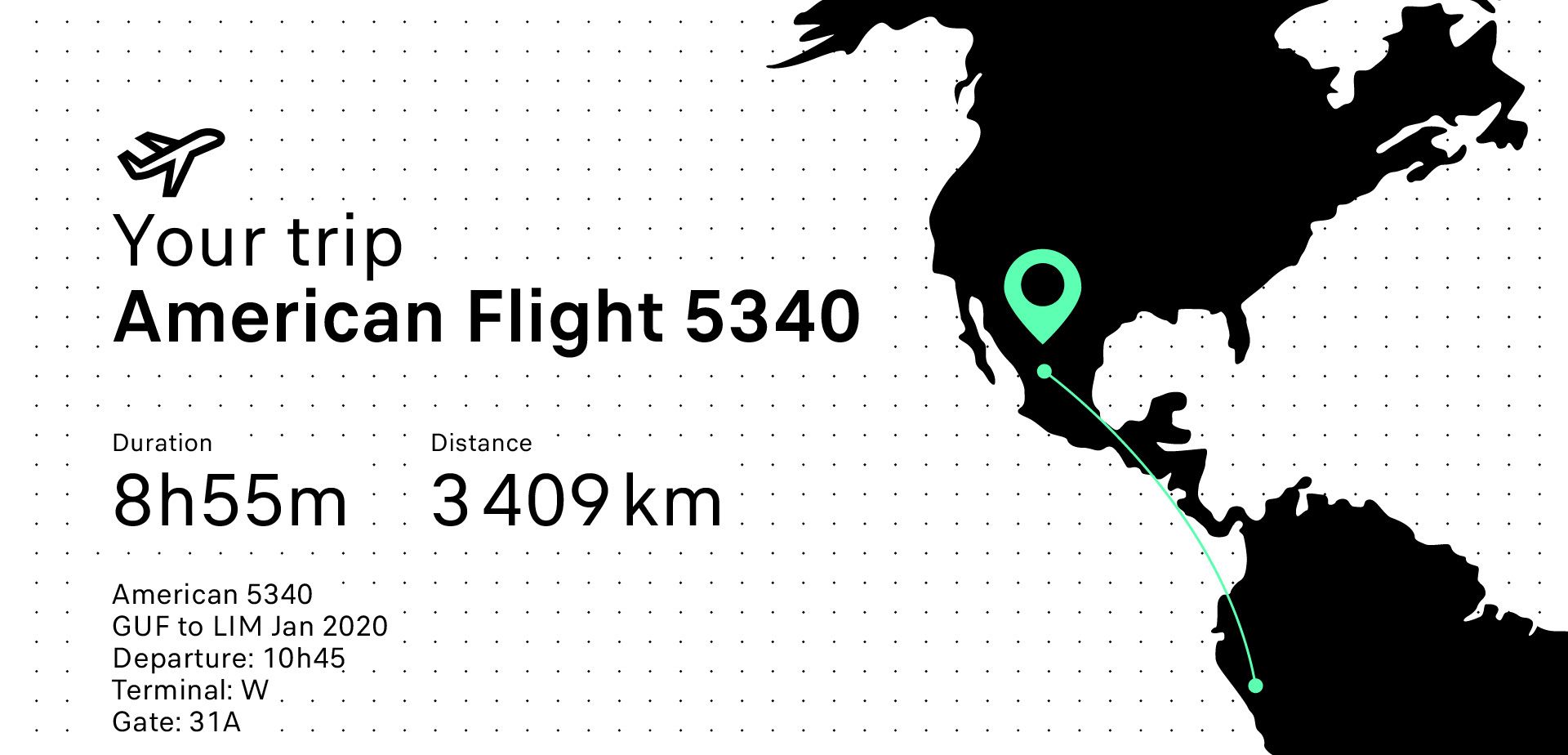
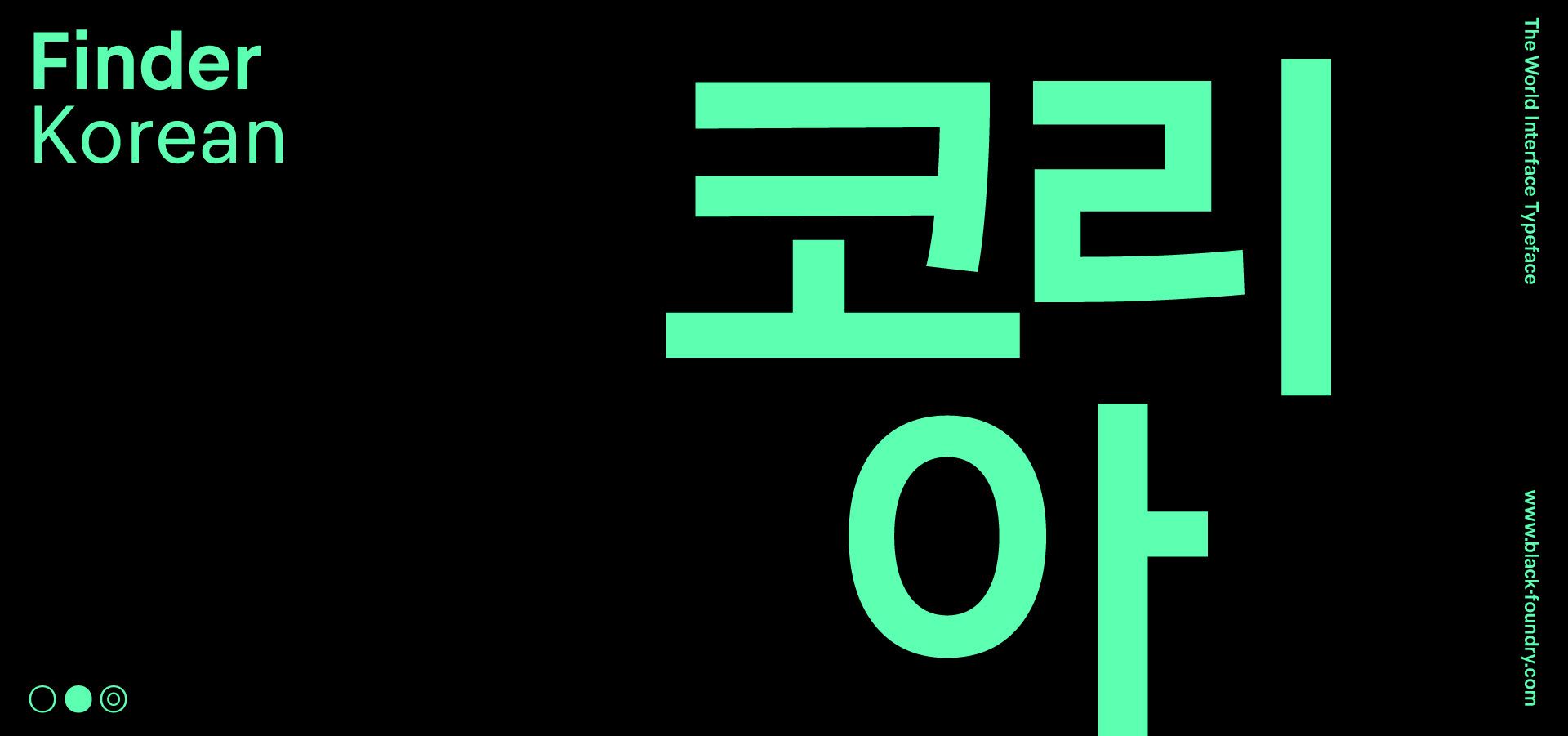

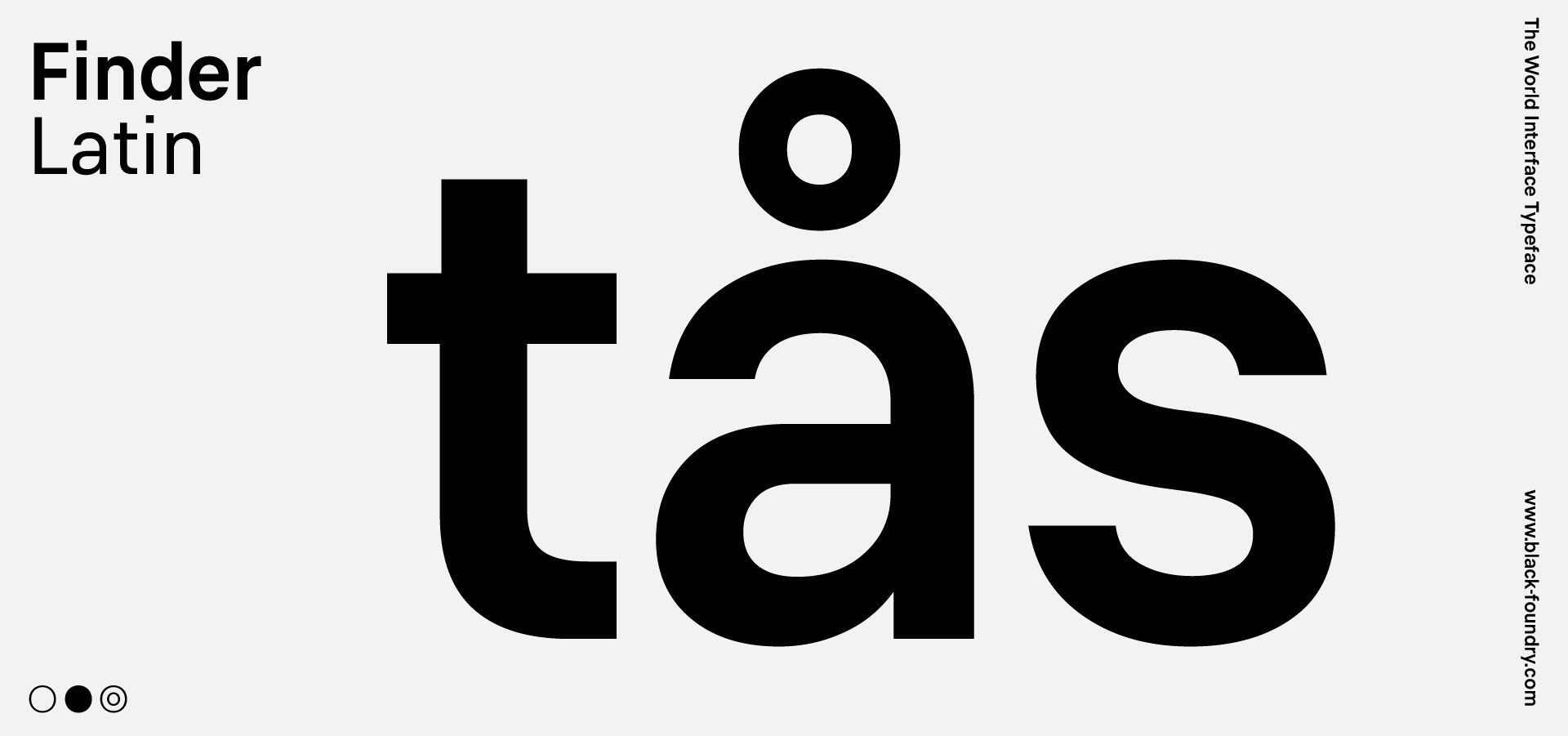
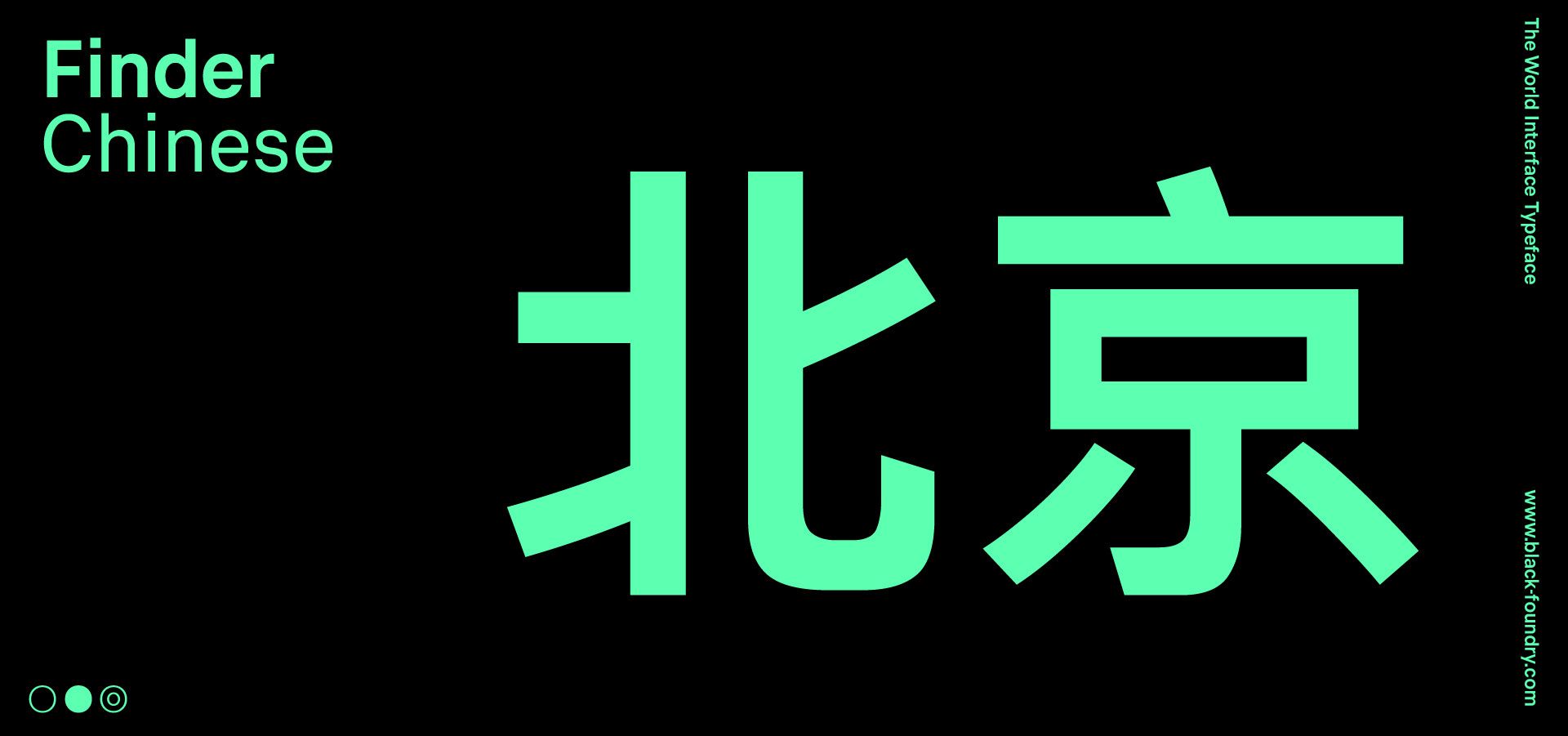
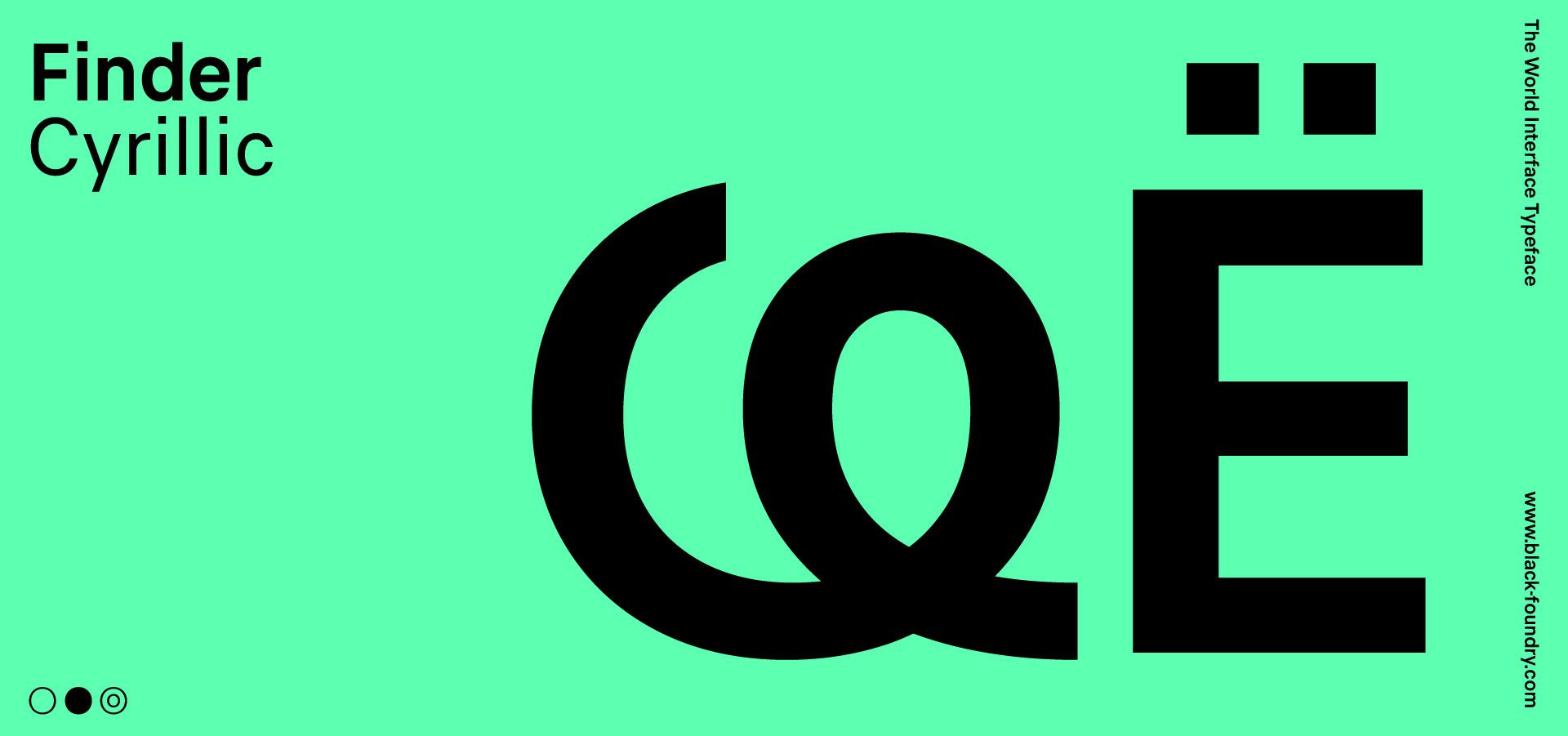
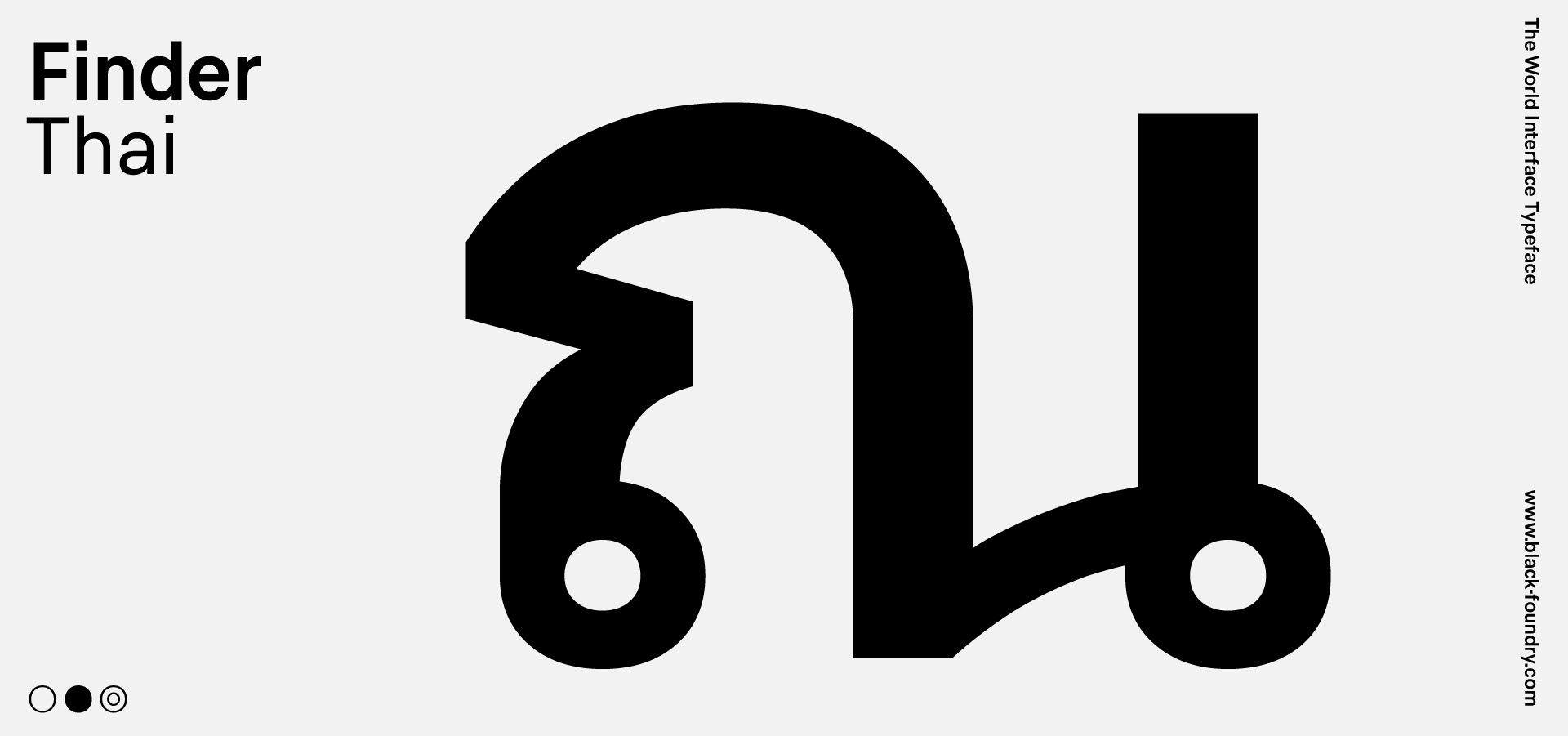
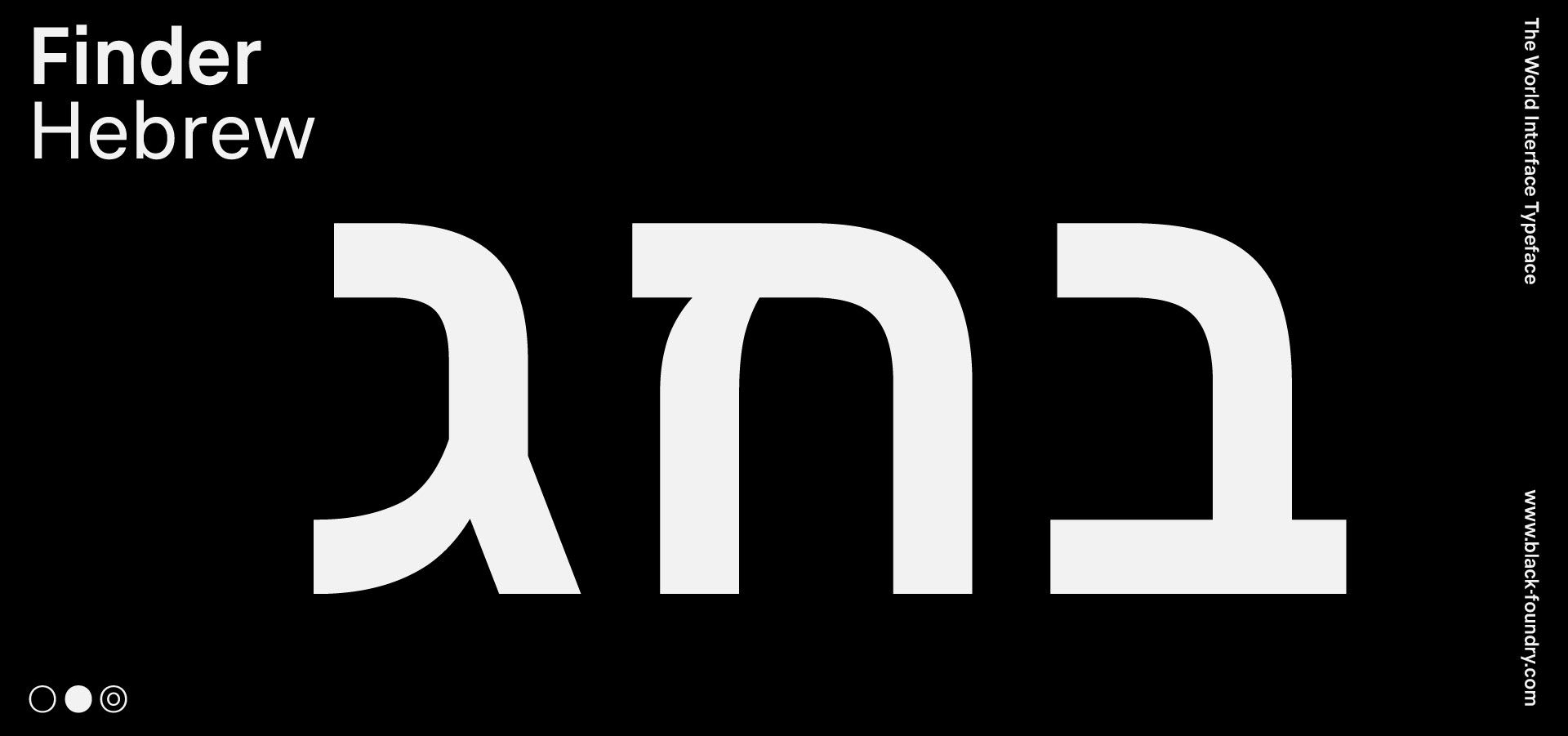
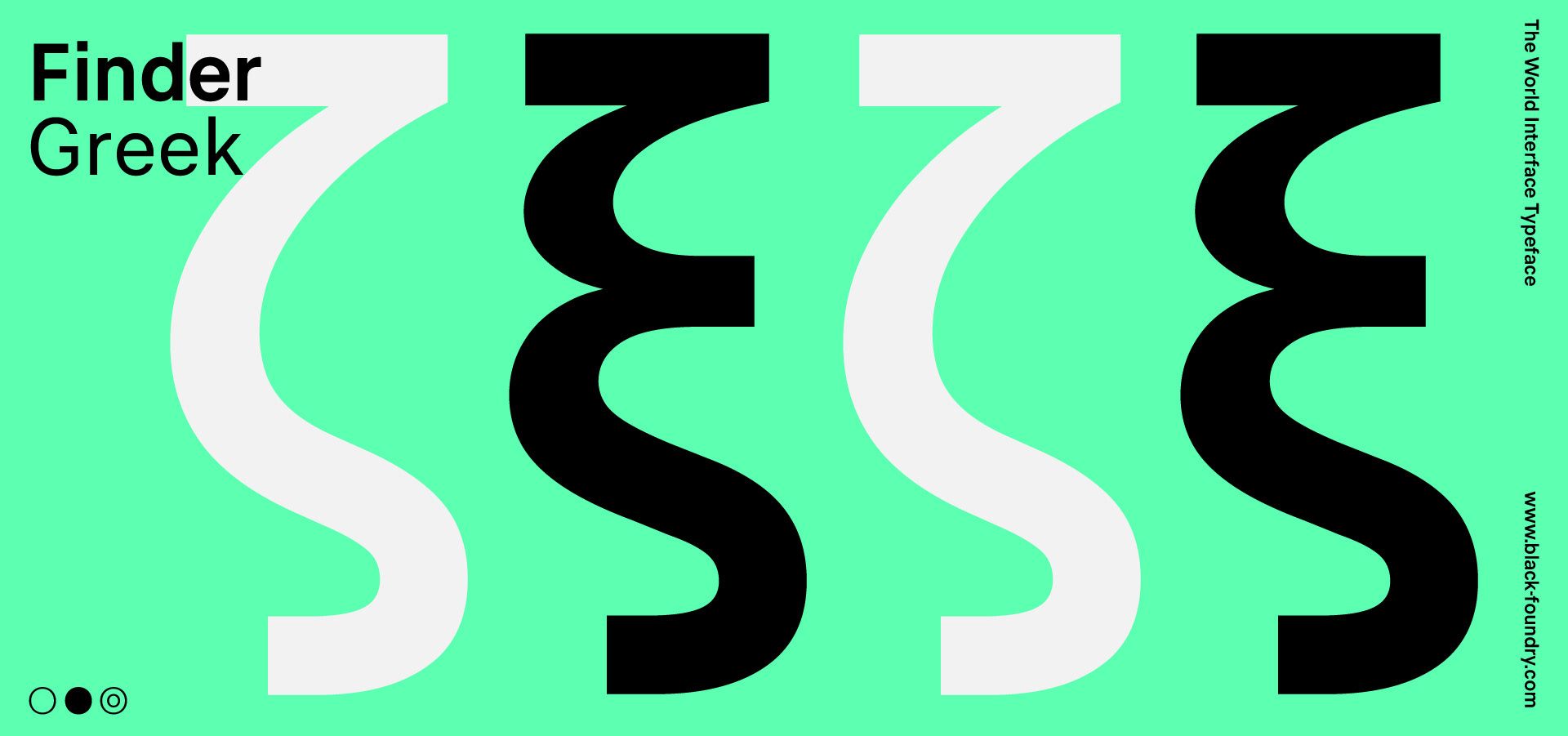

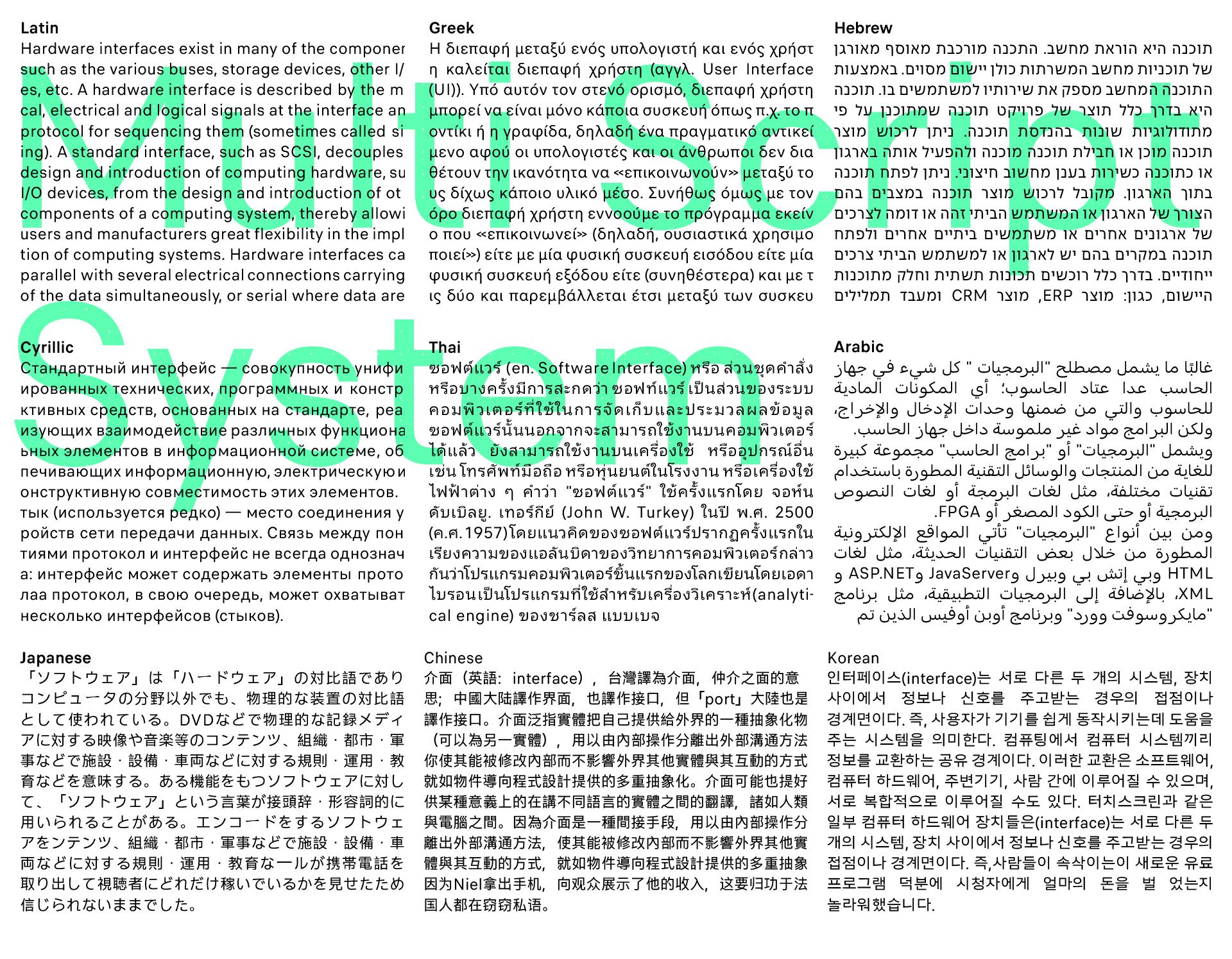

Mohol custom typeface | Graz, Austria
Adam Katyi


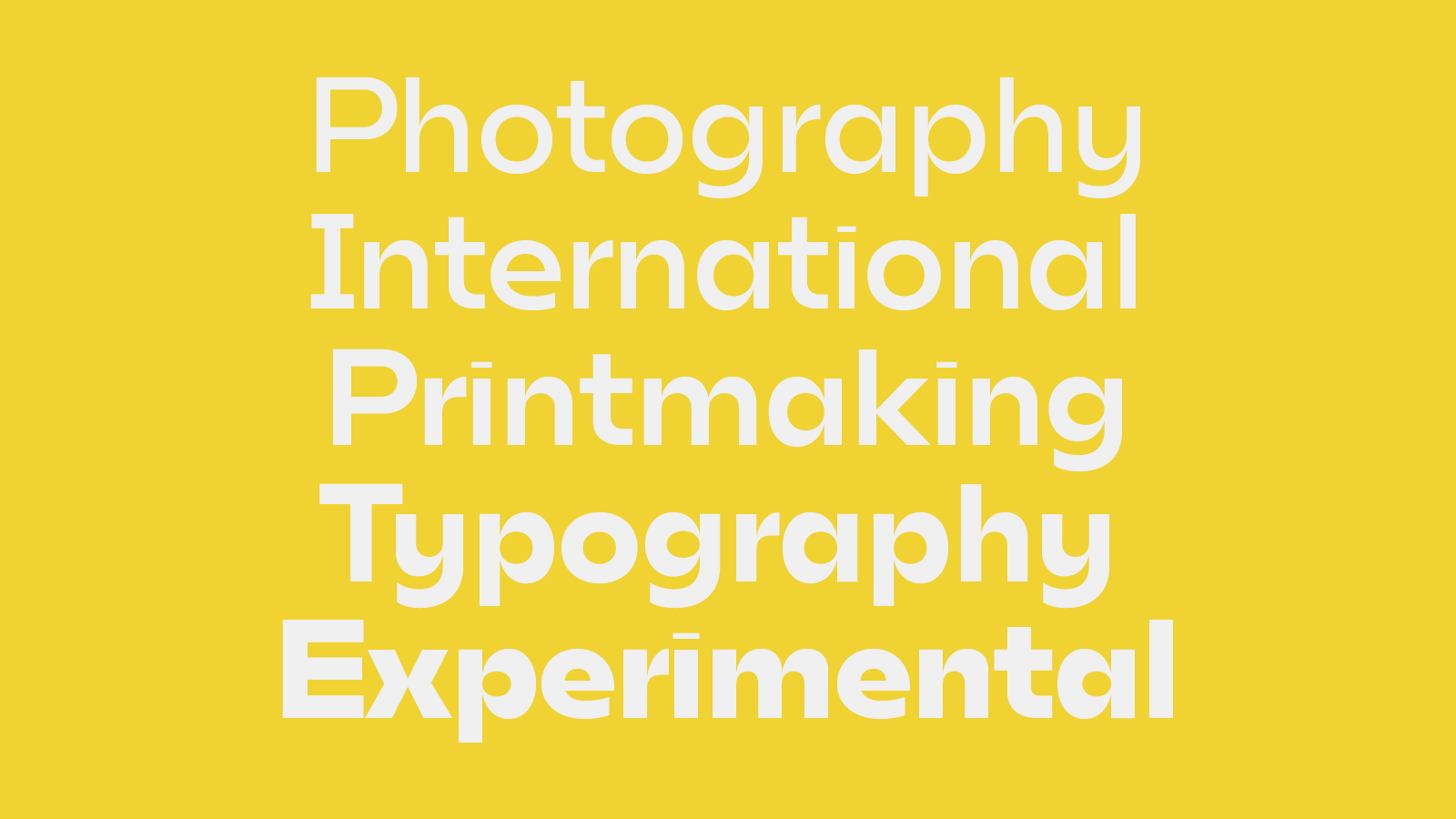


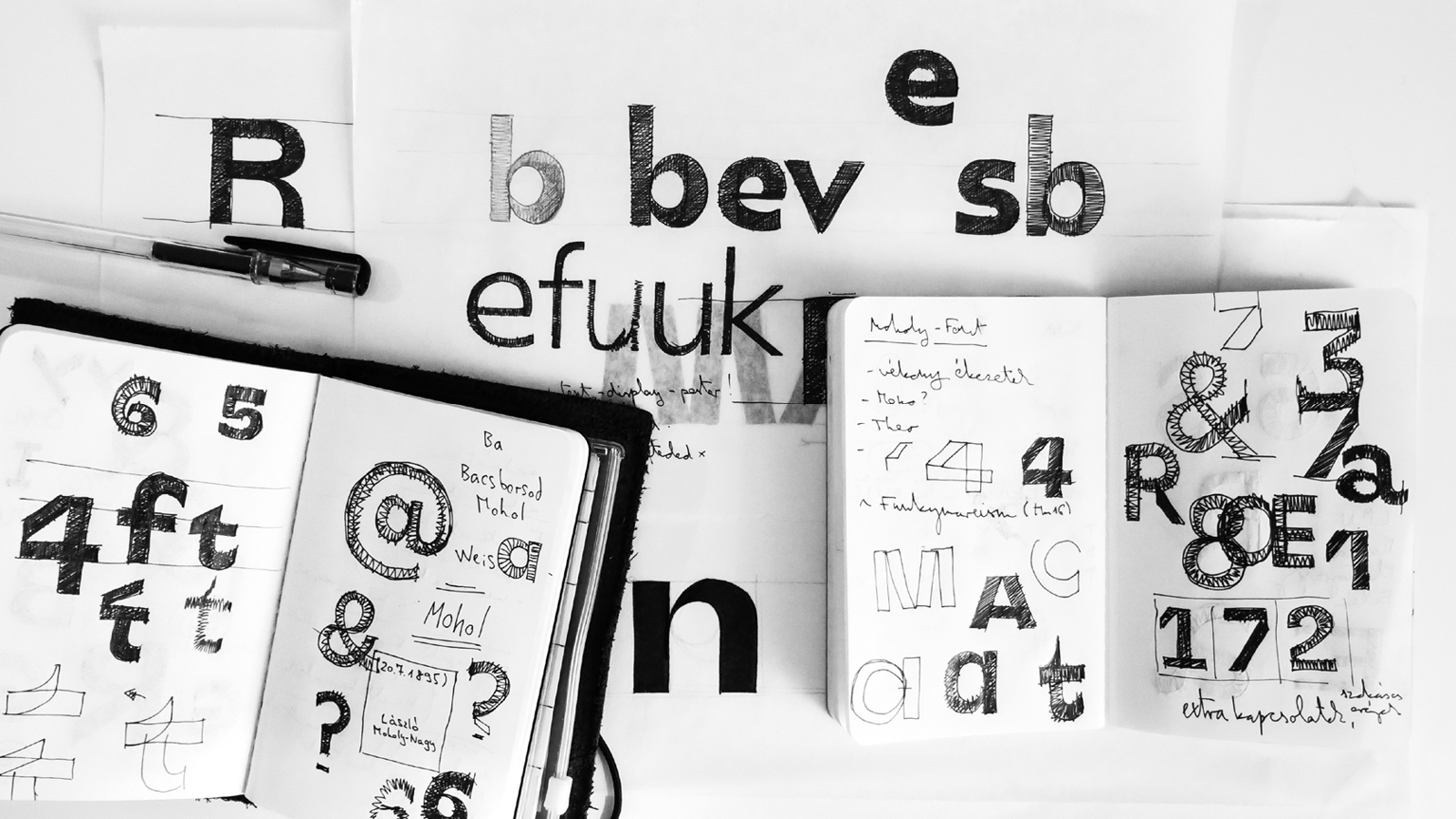





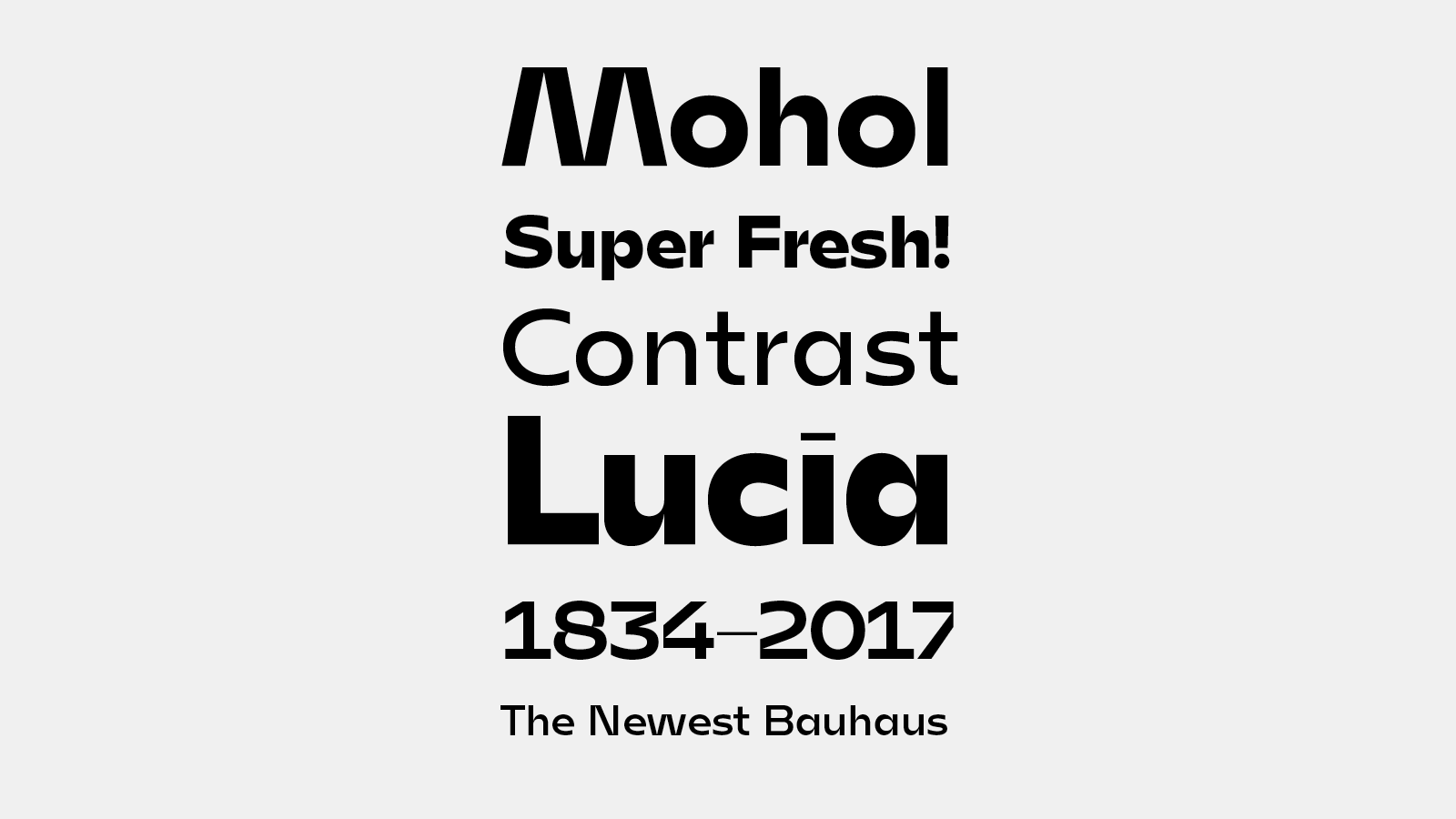
BOTANICA DISPLAY | Lawrence, Kansas, USA
Jordan Graham

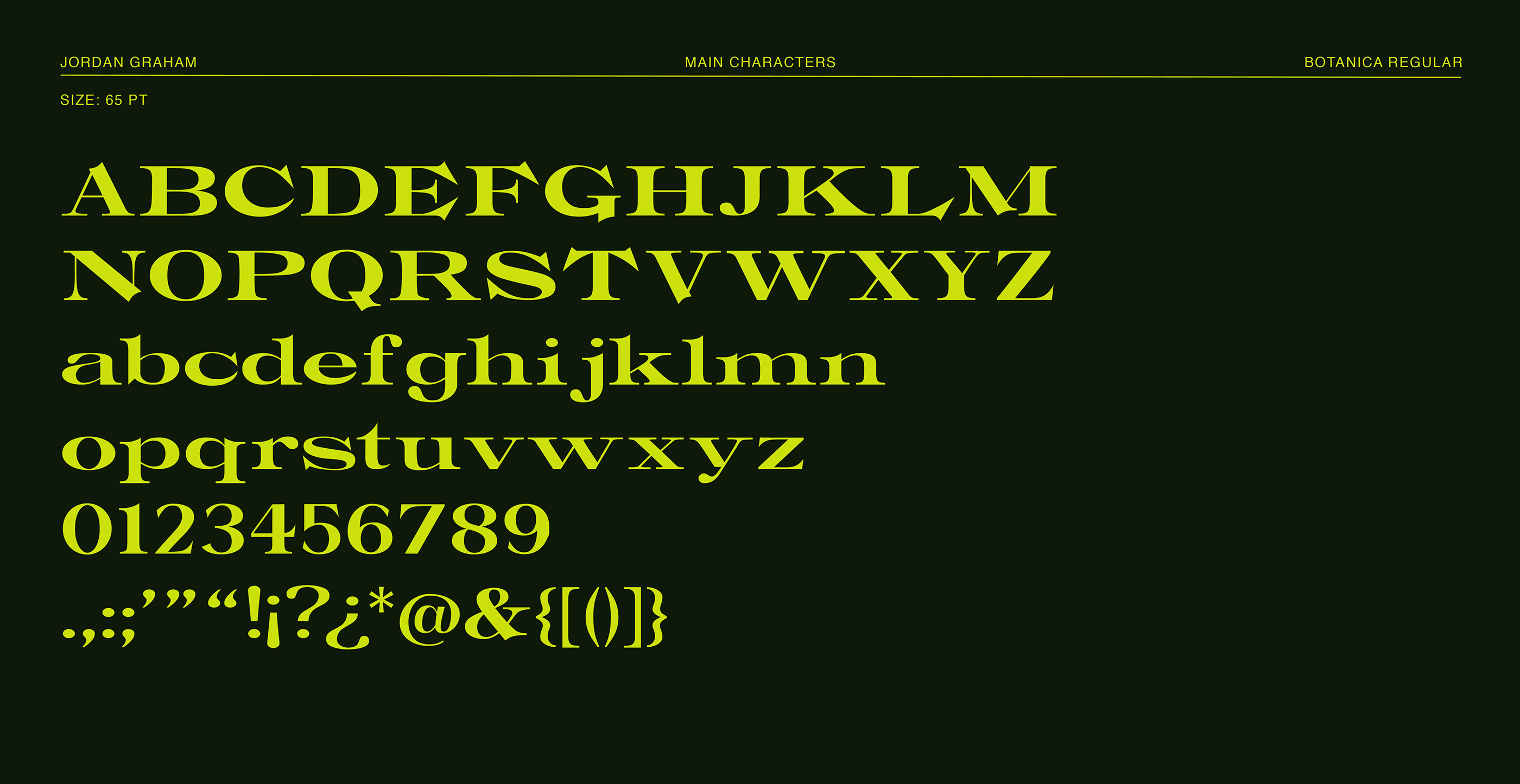

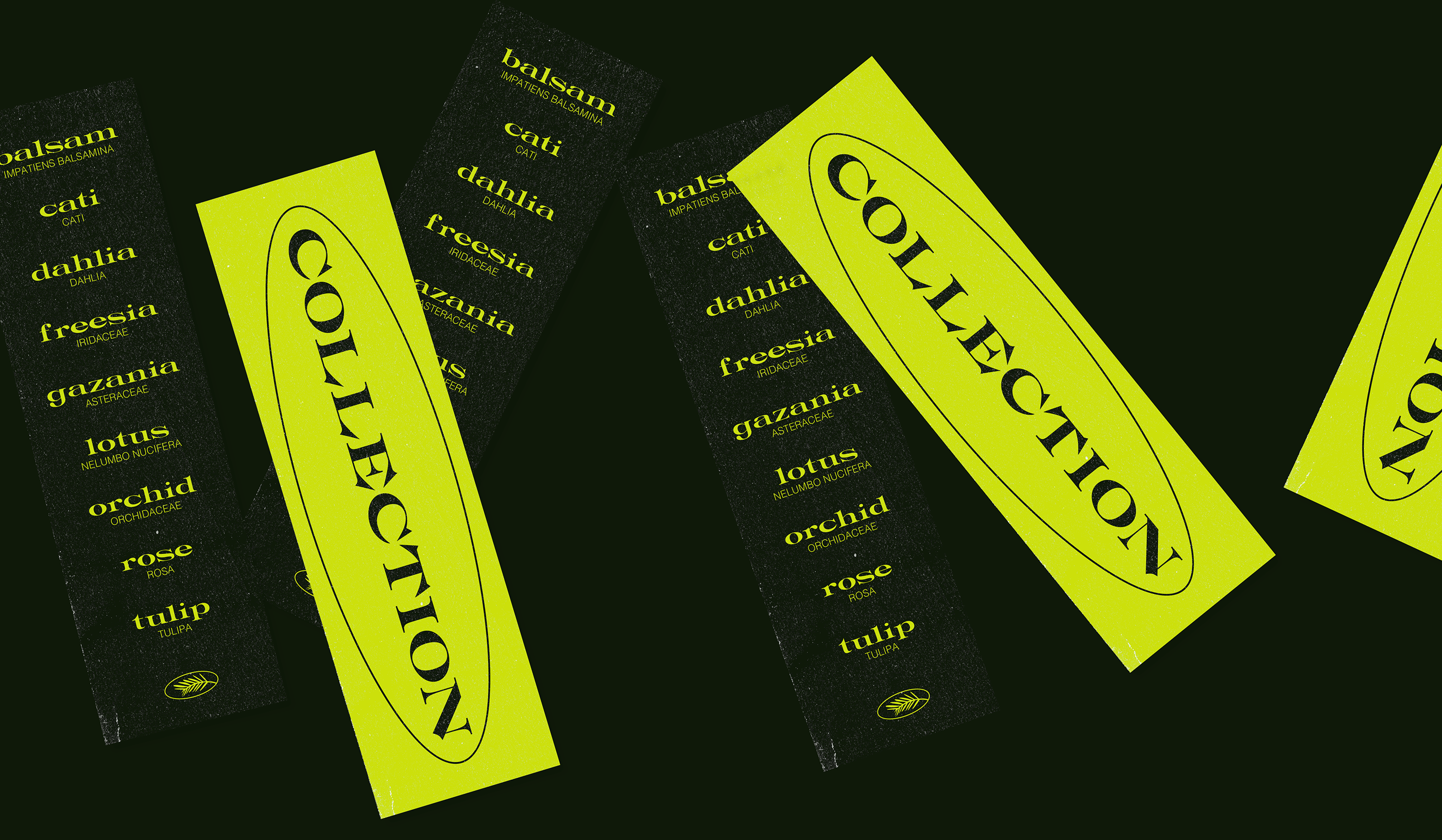
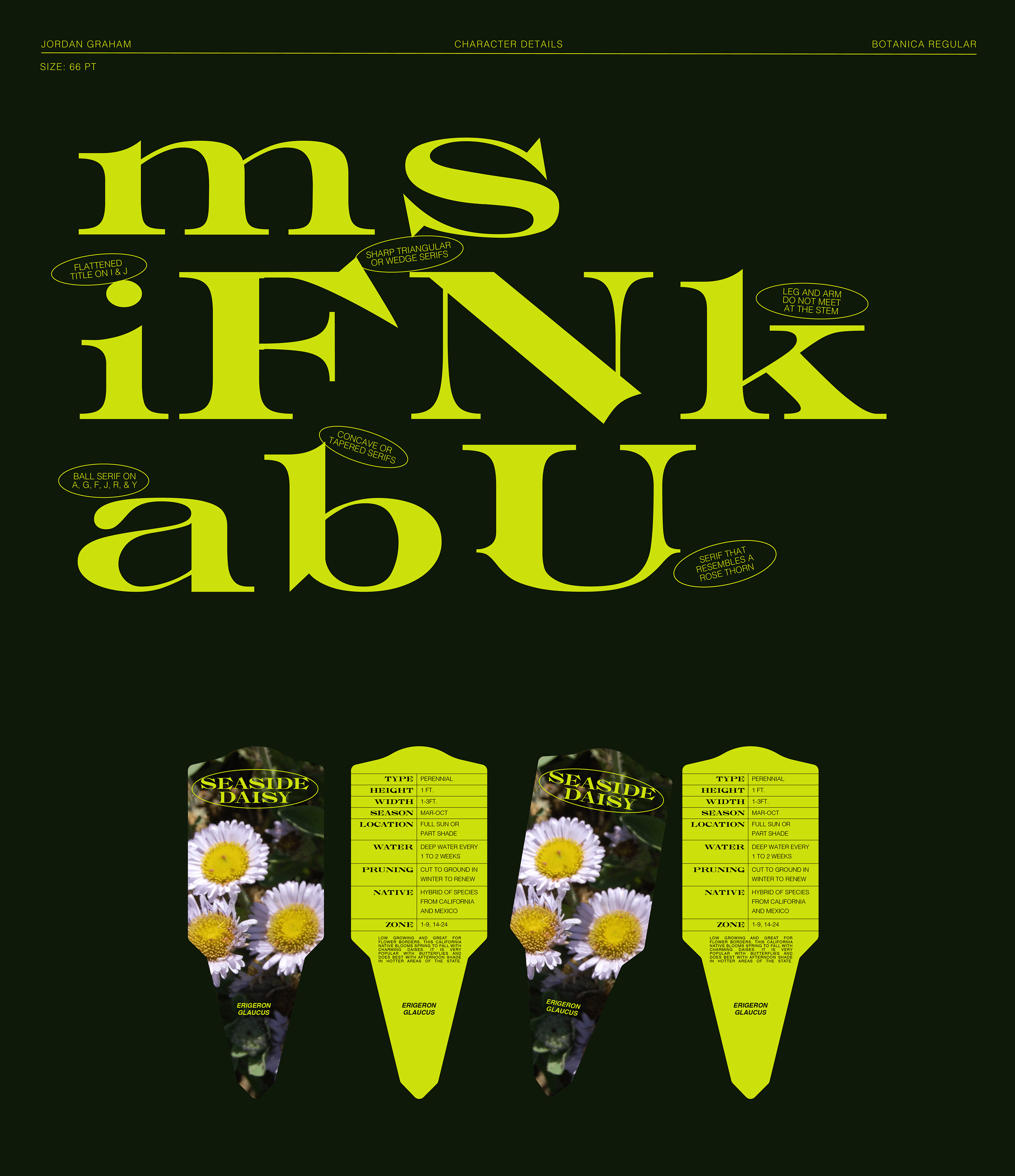
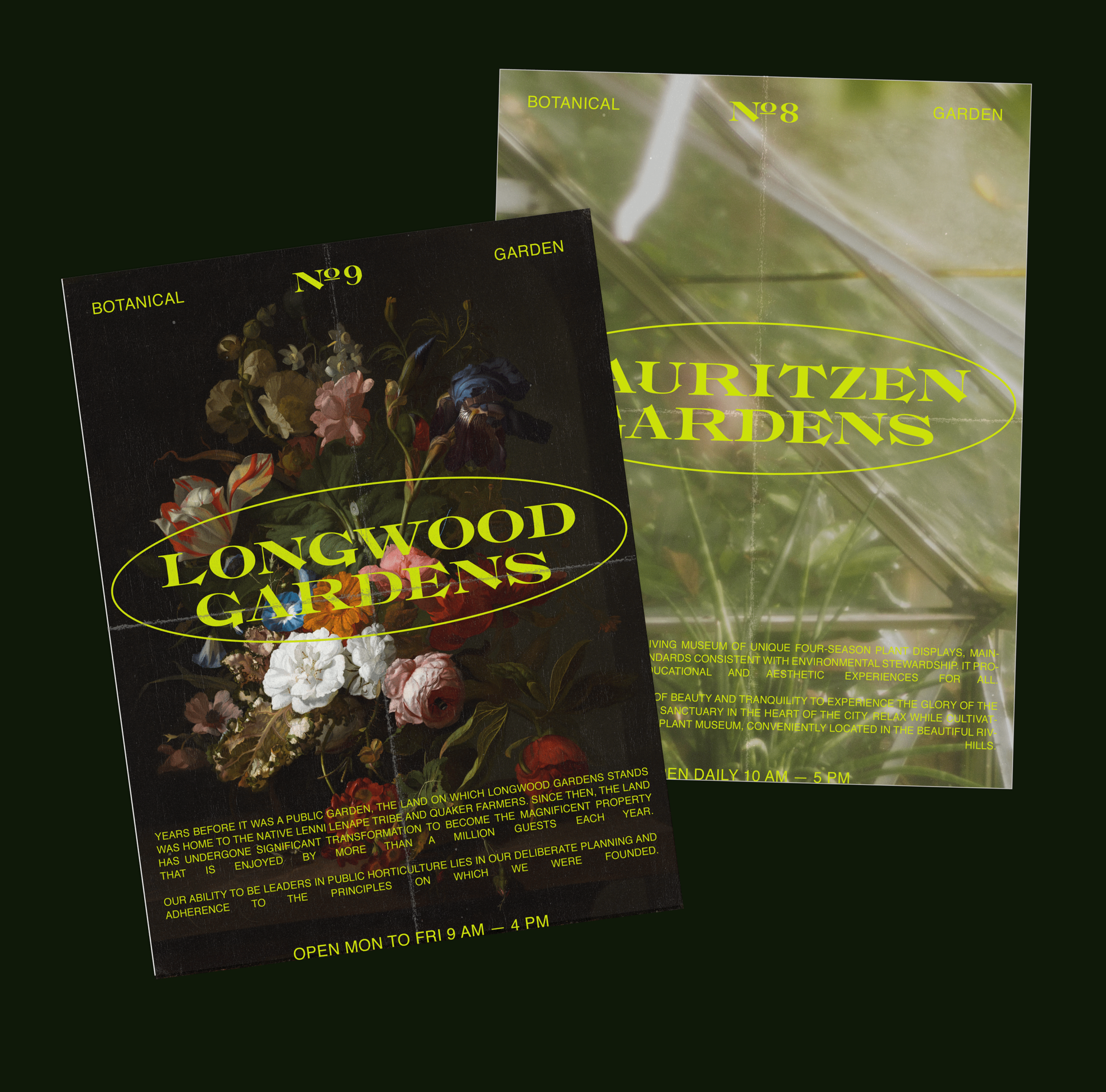
ARGÖ | Font | Manchester, United Kingdom
Anthony James
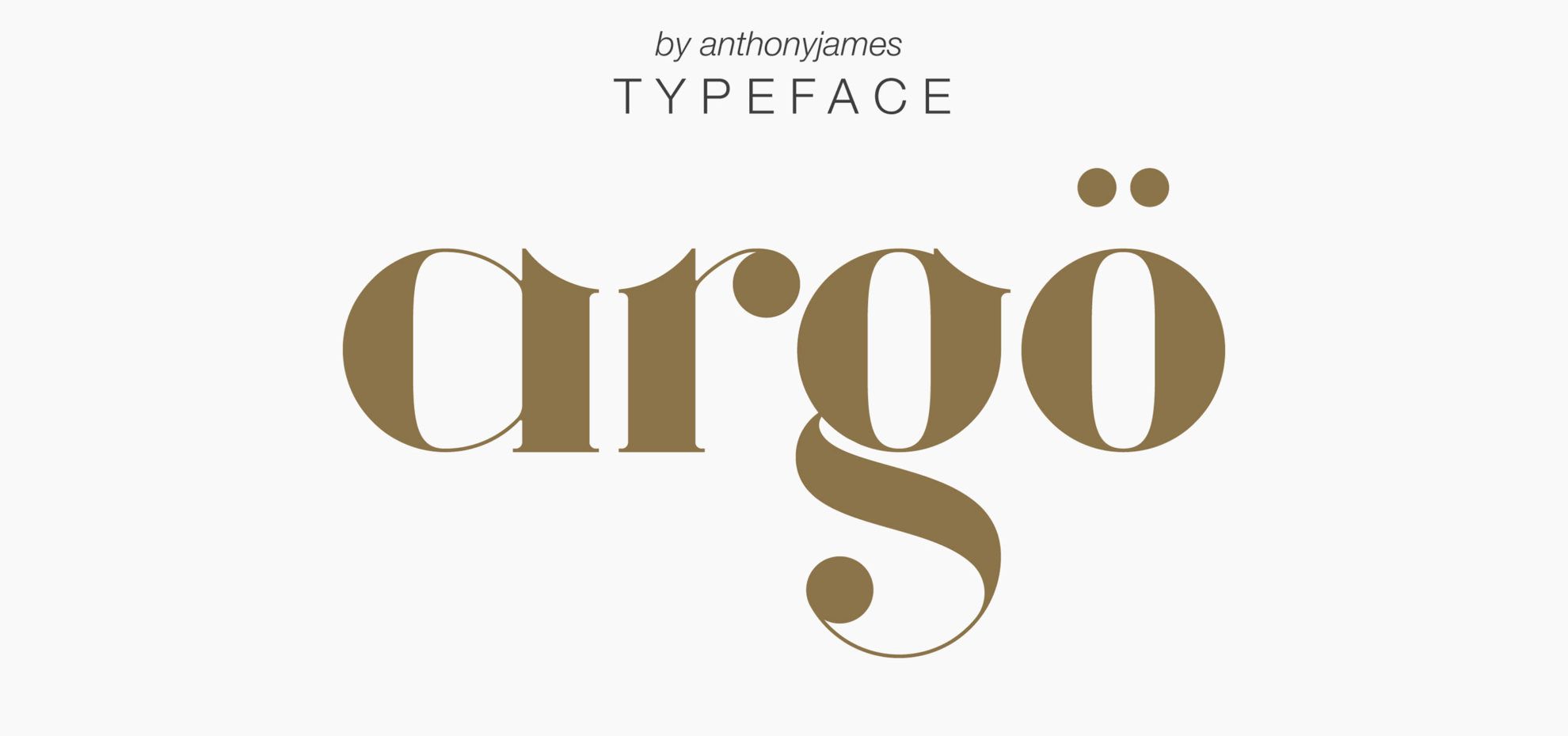
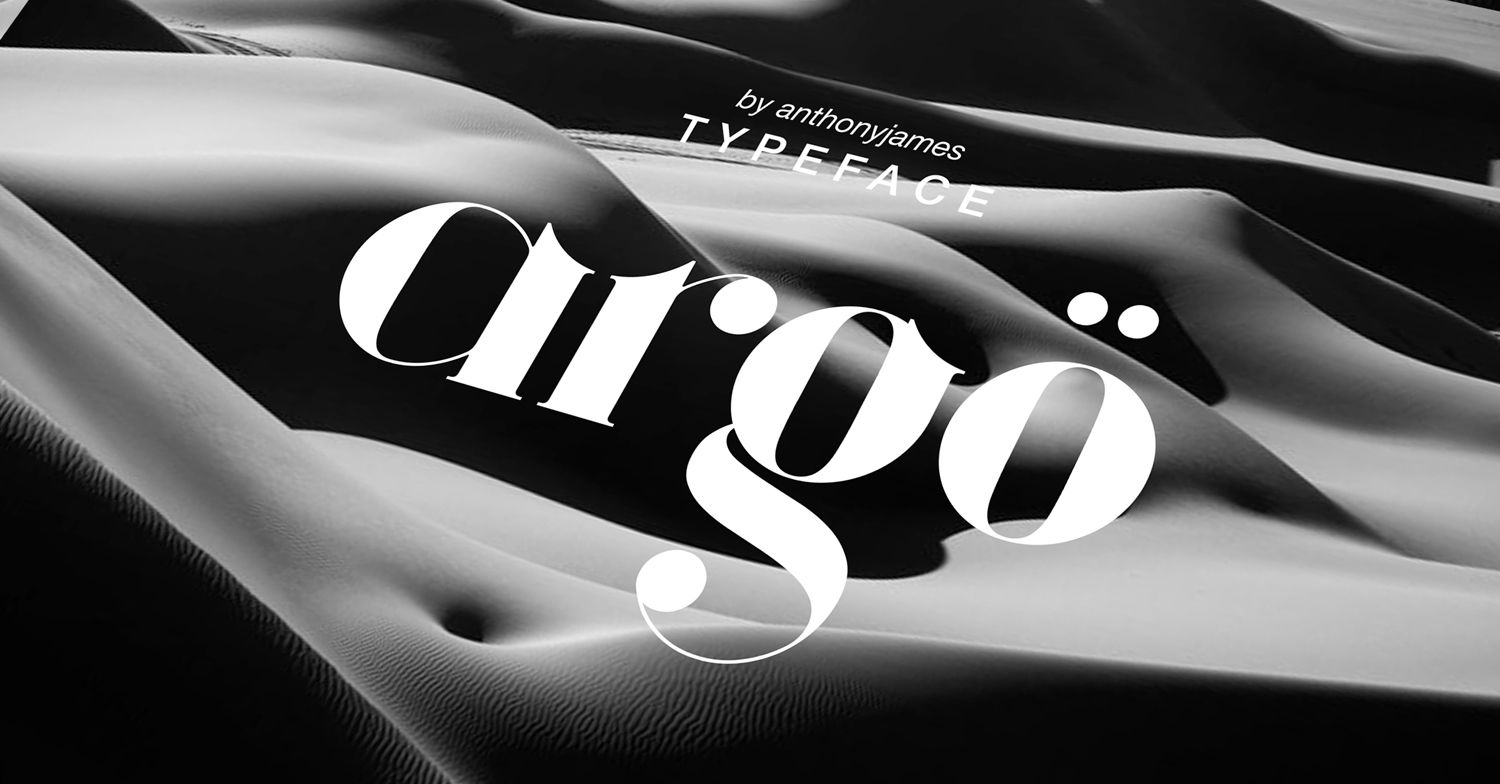
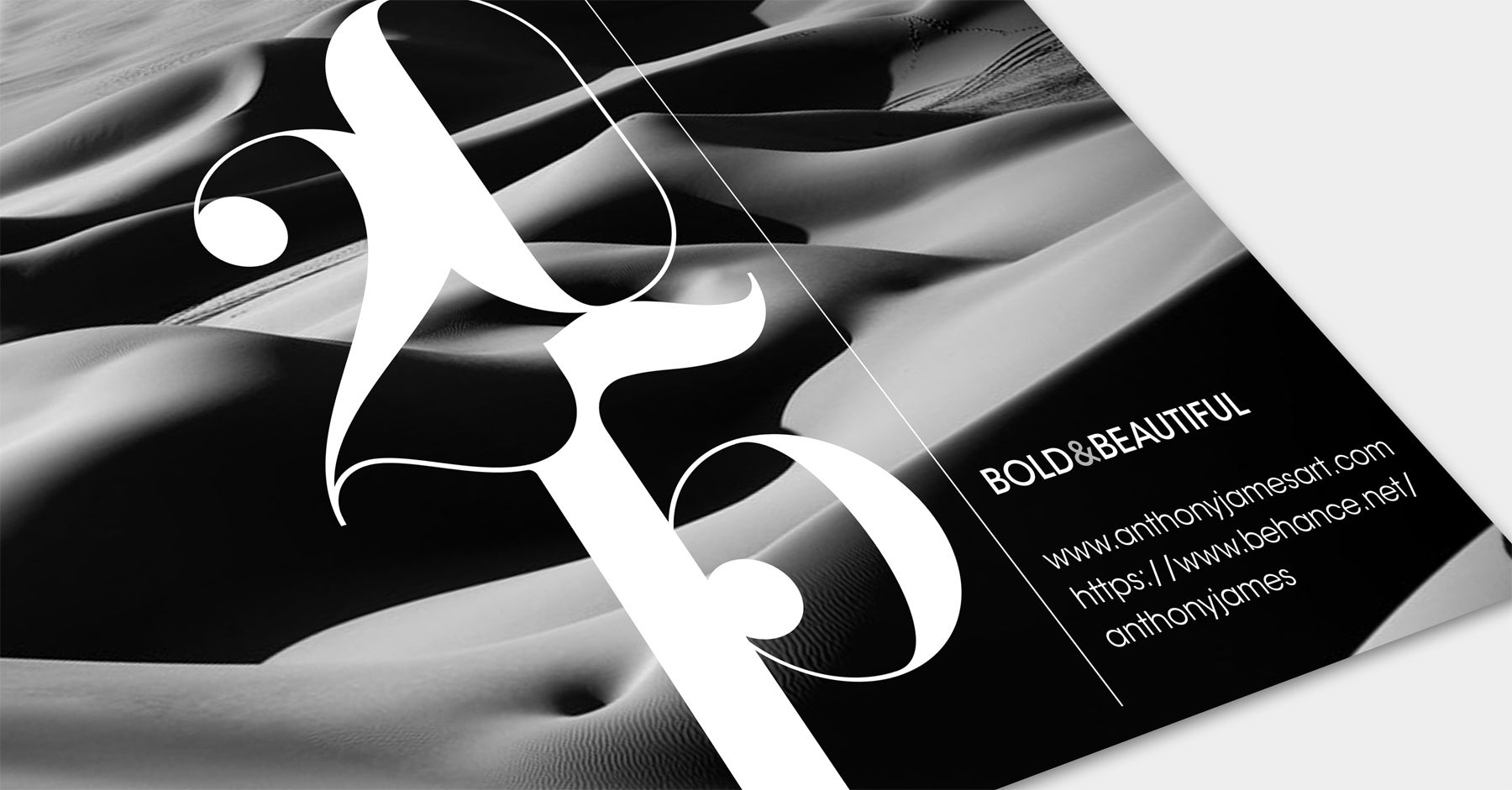
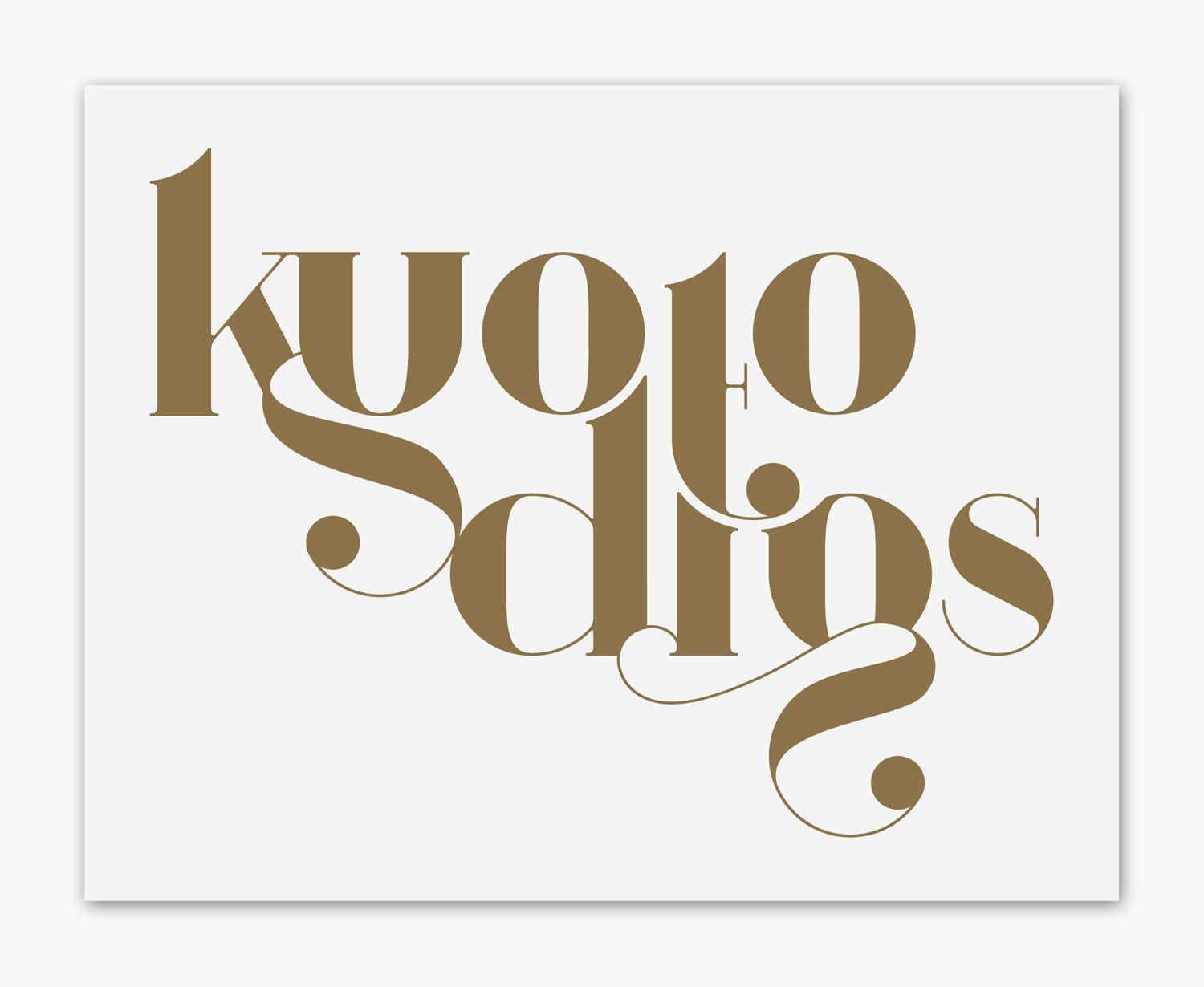

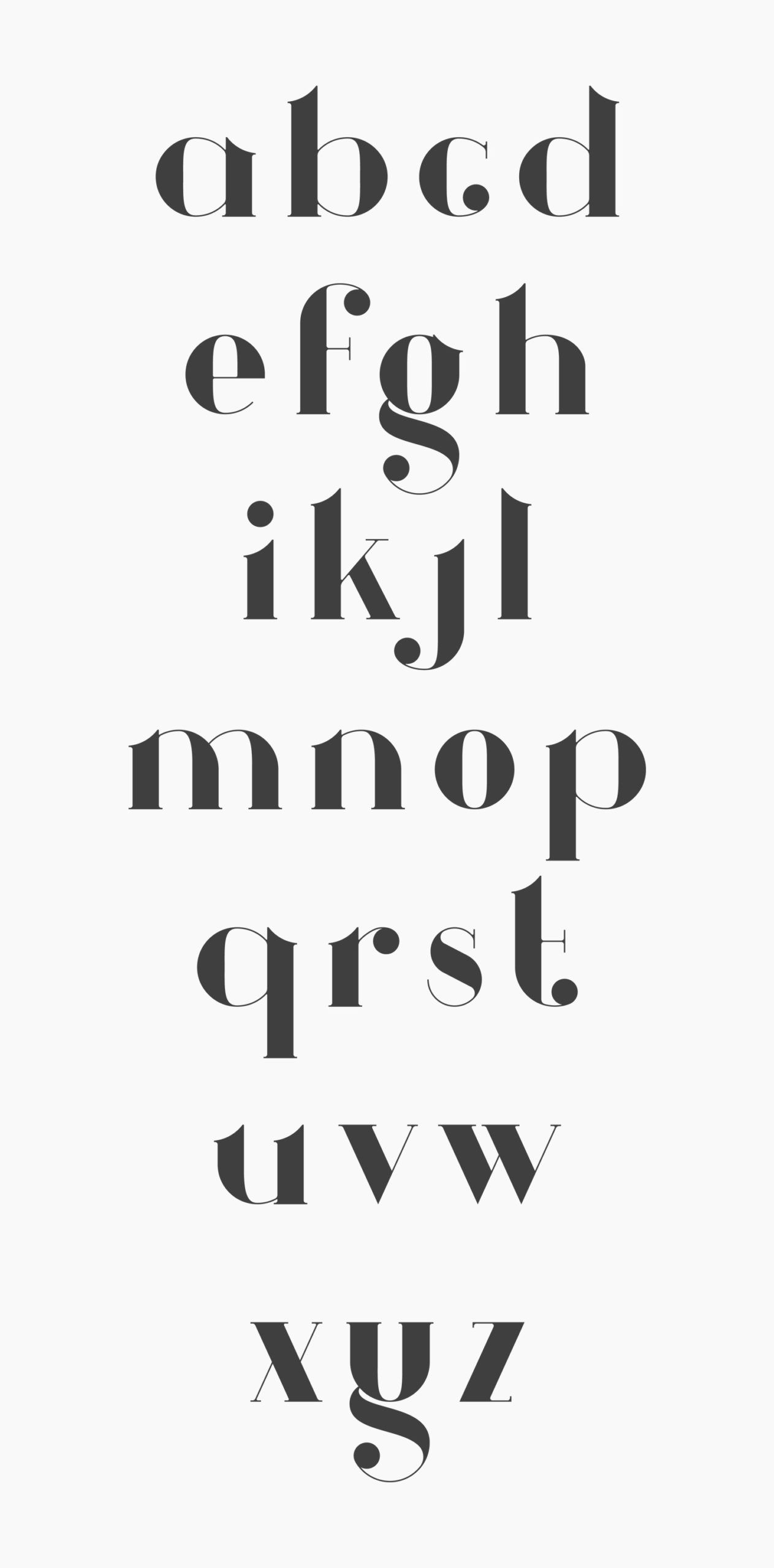

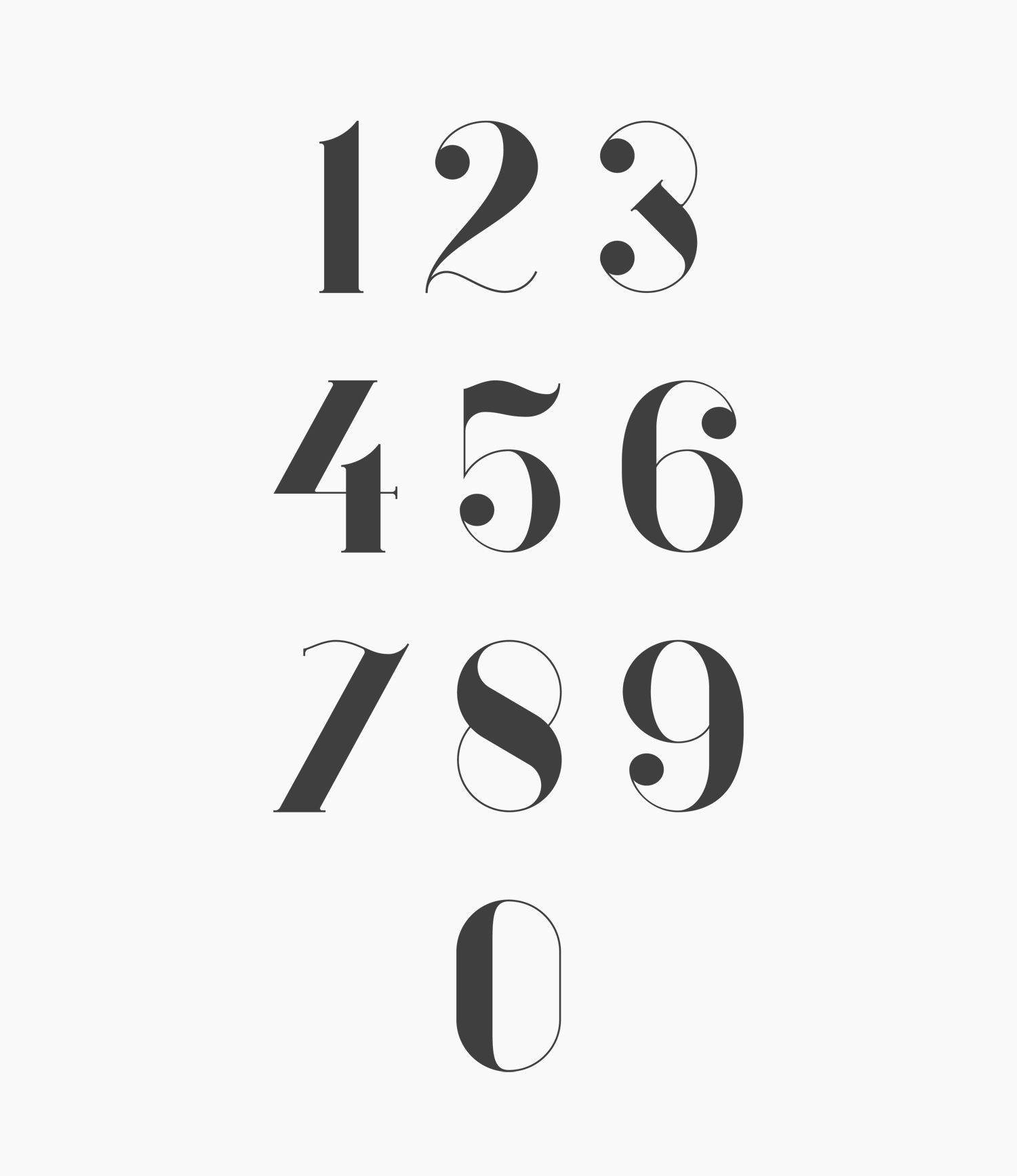
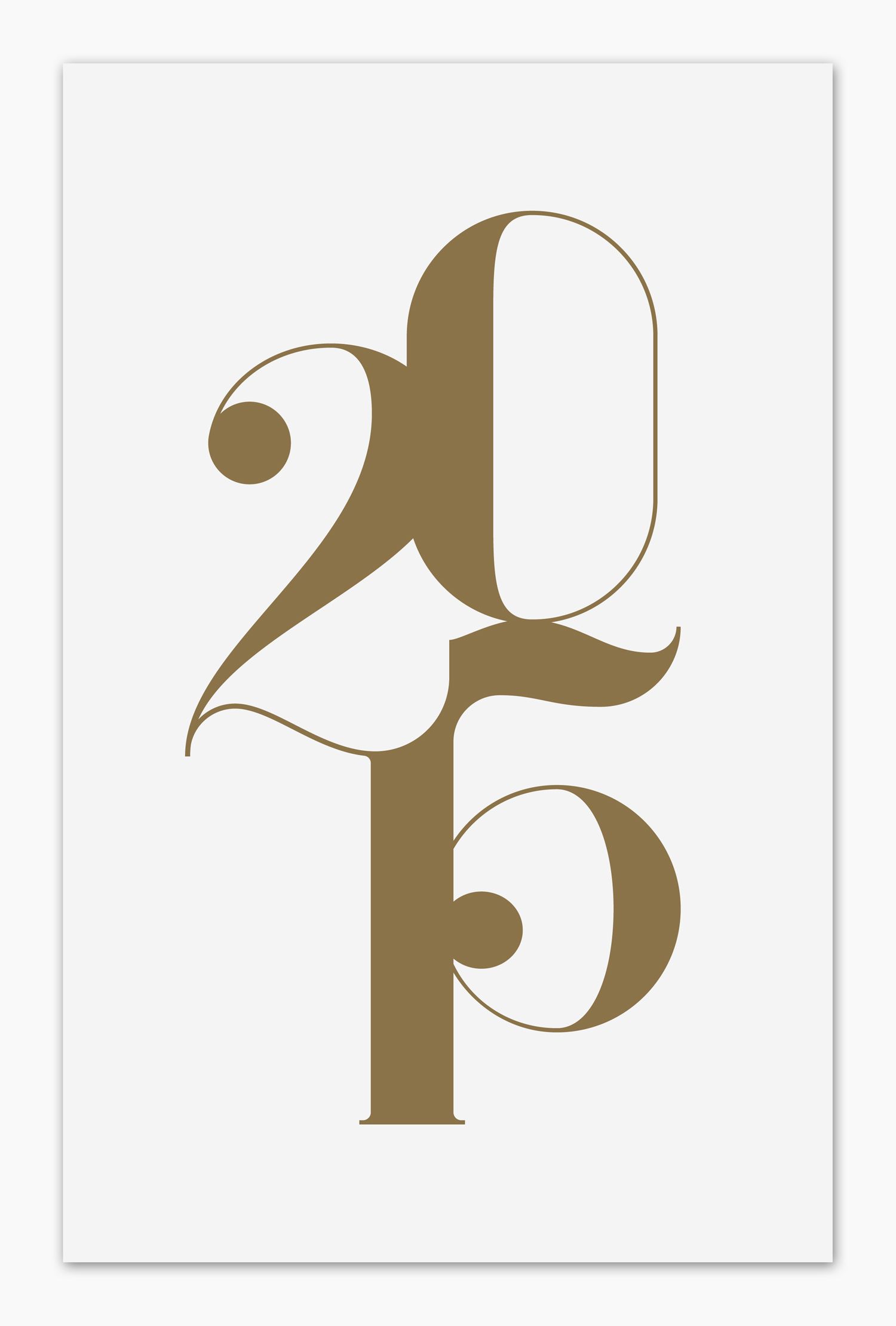
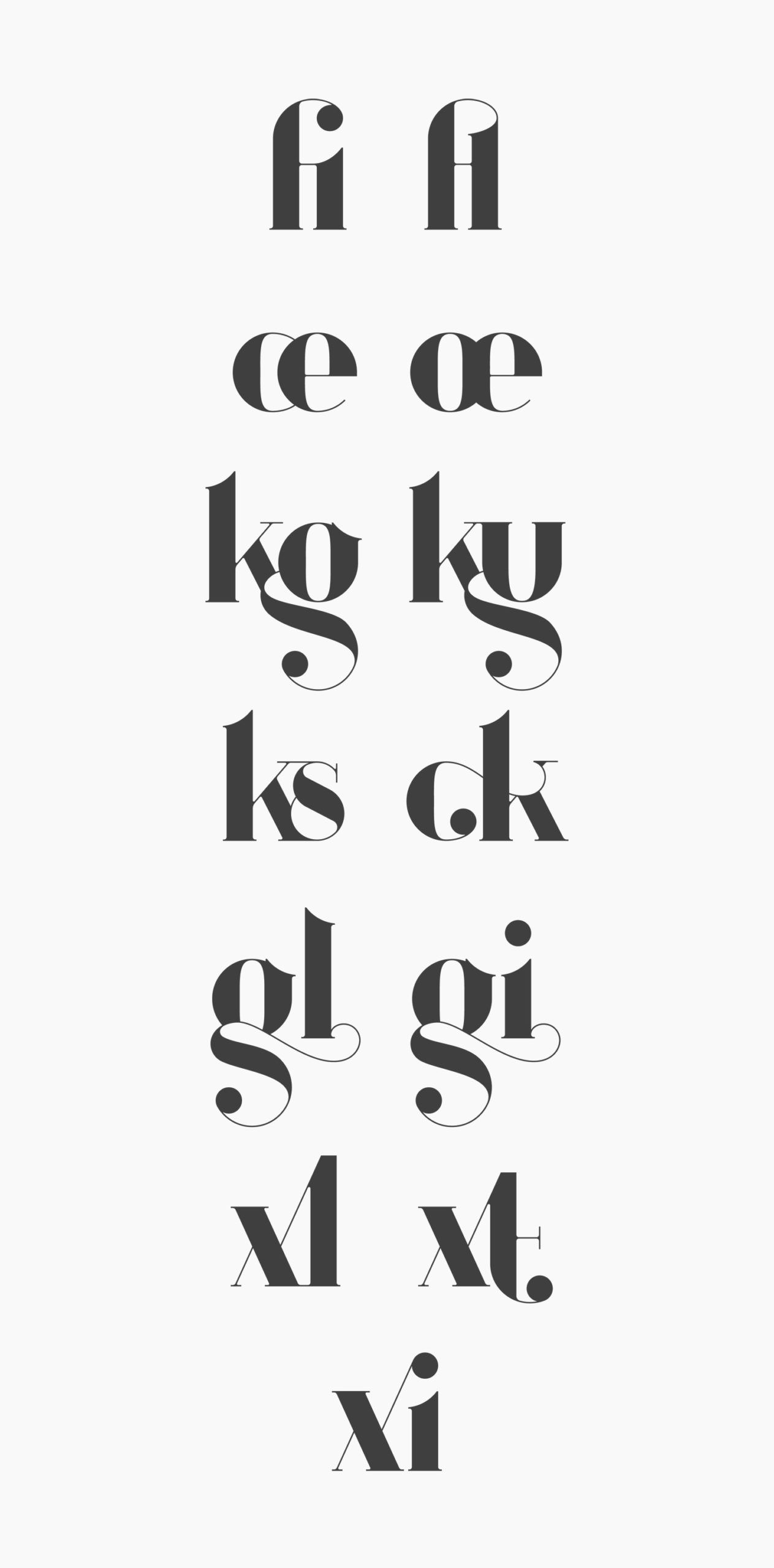
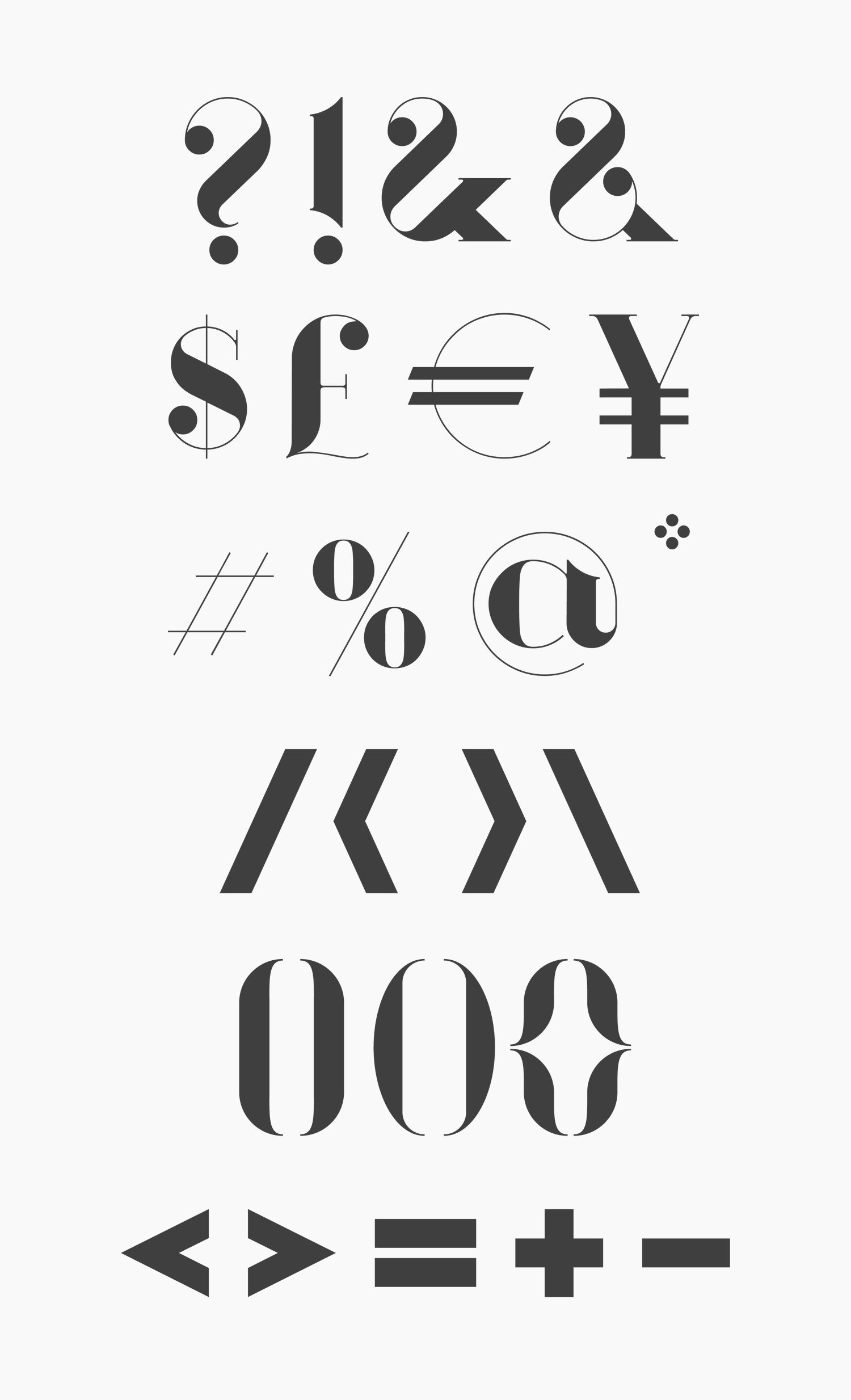
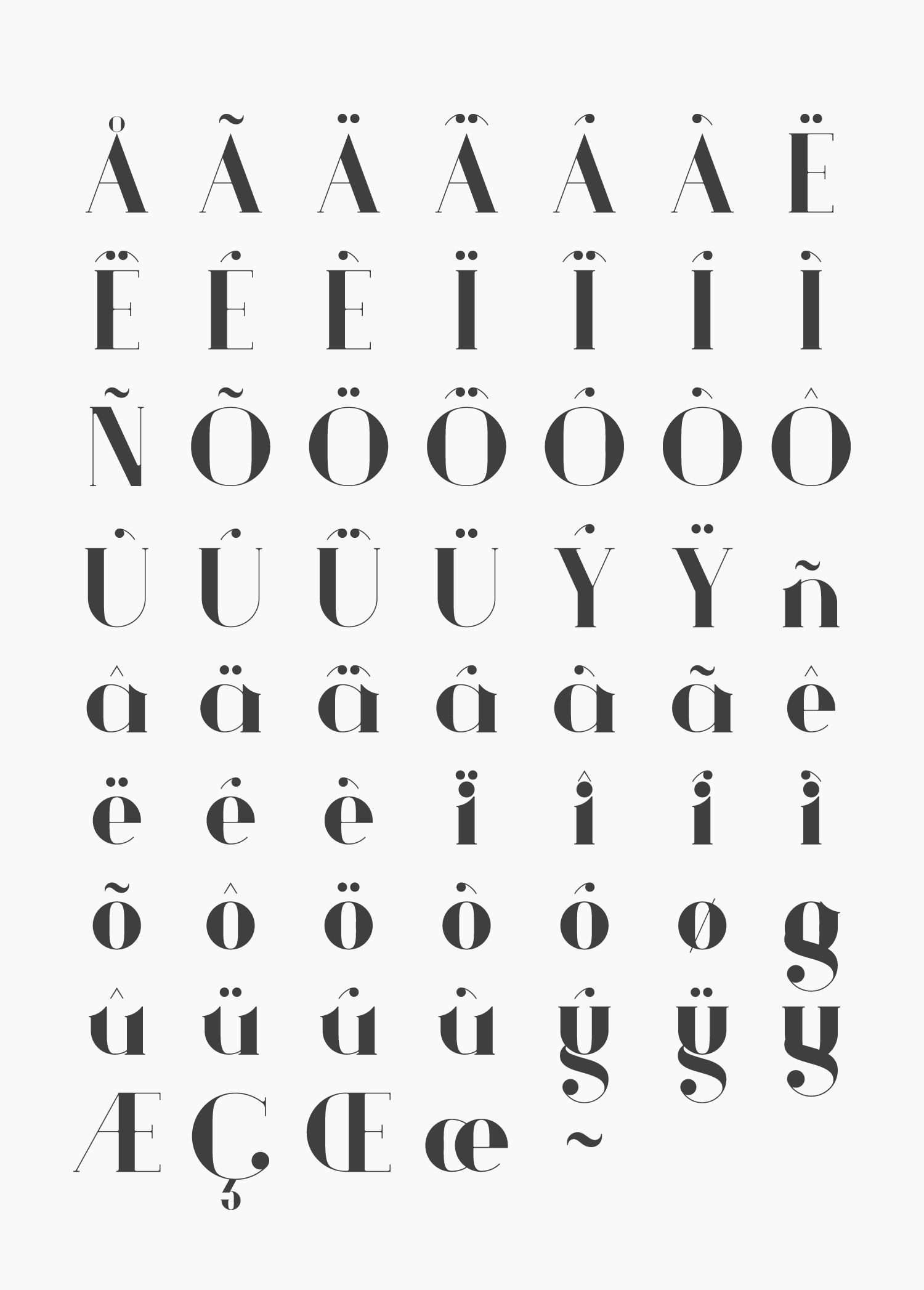
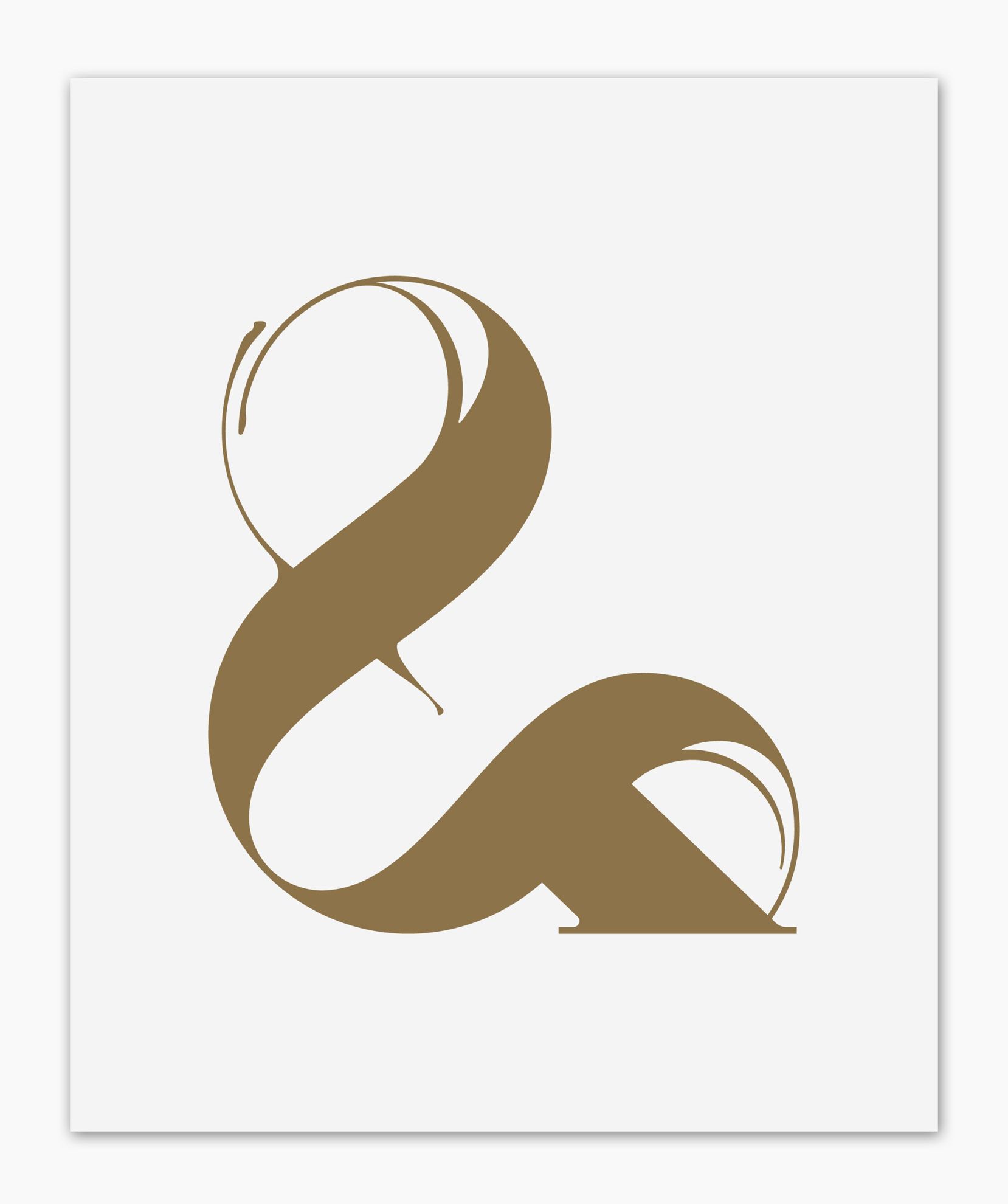

HYPE’s online store has officially launched!

Budapest by Labrosse | The Postal Palace in Buda










